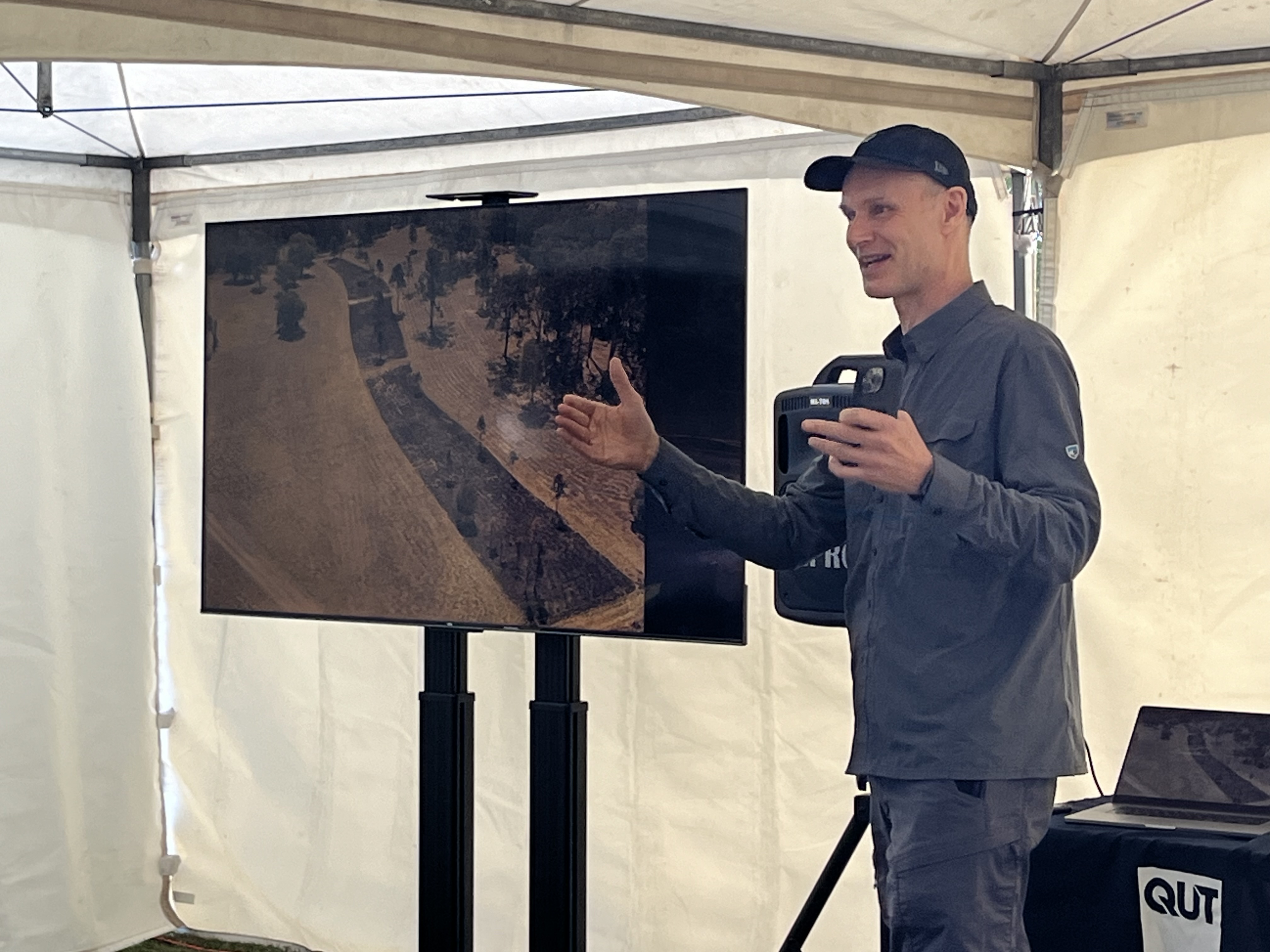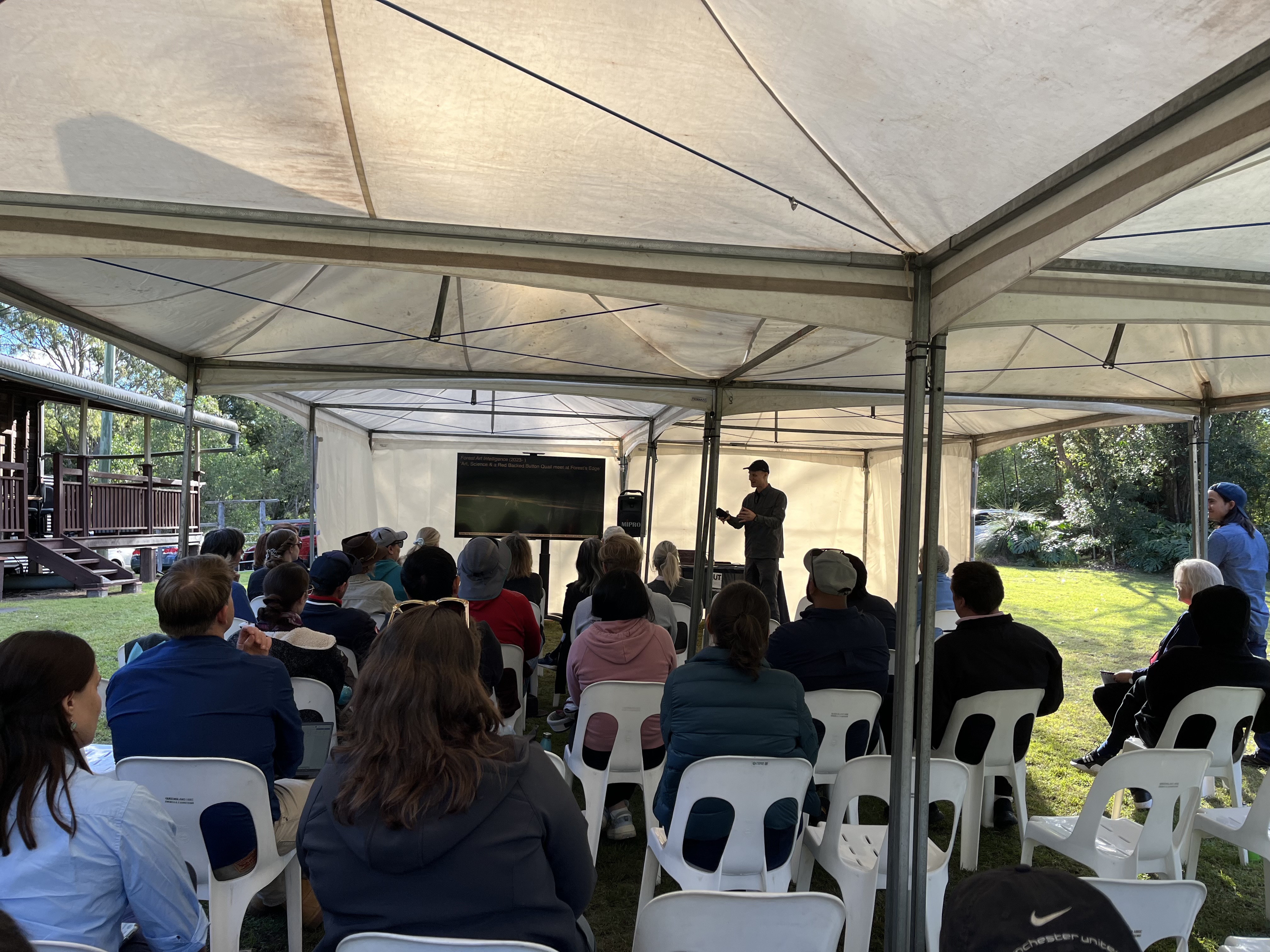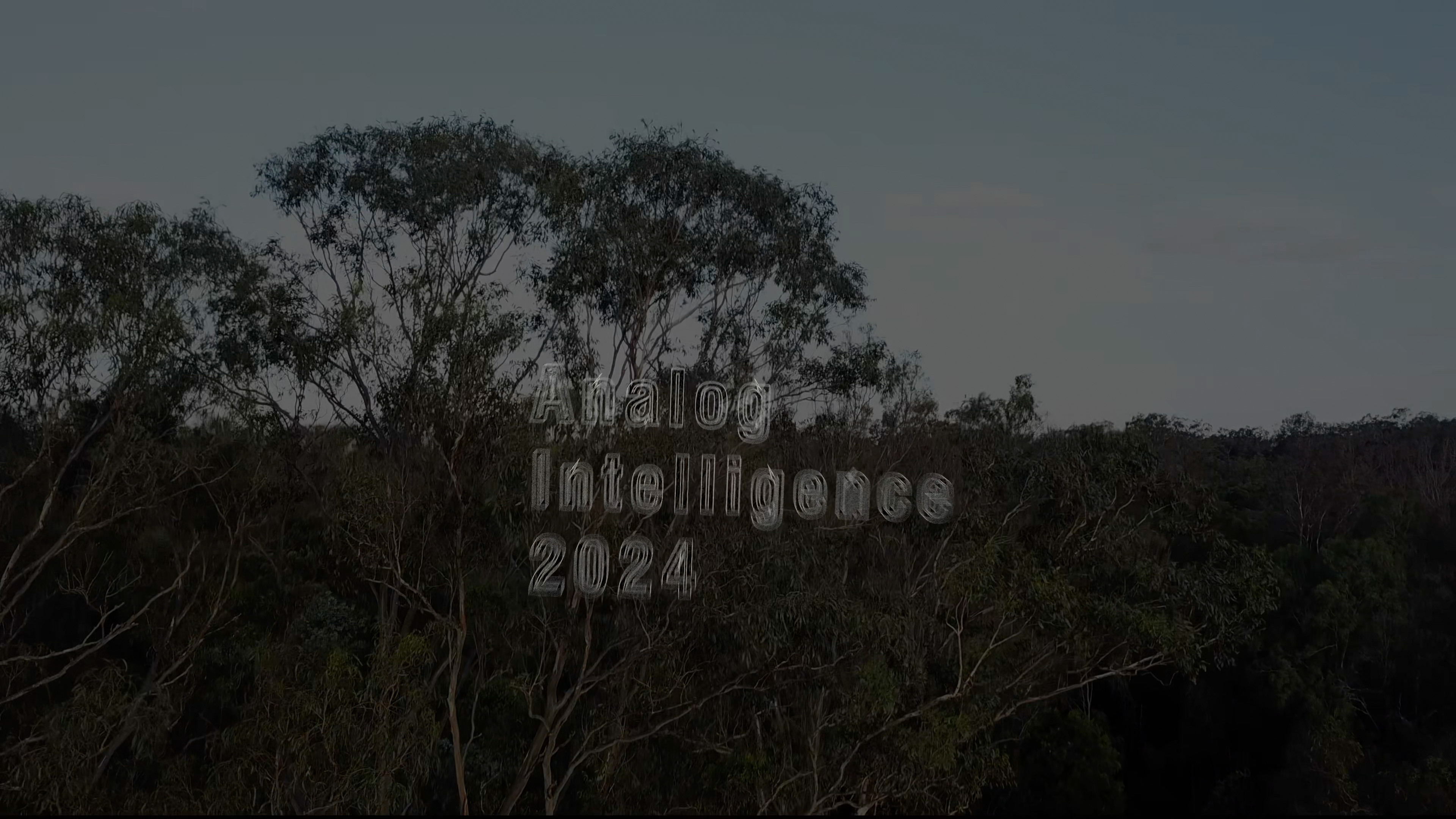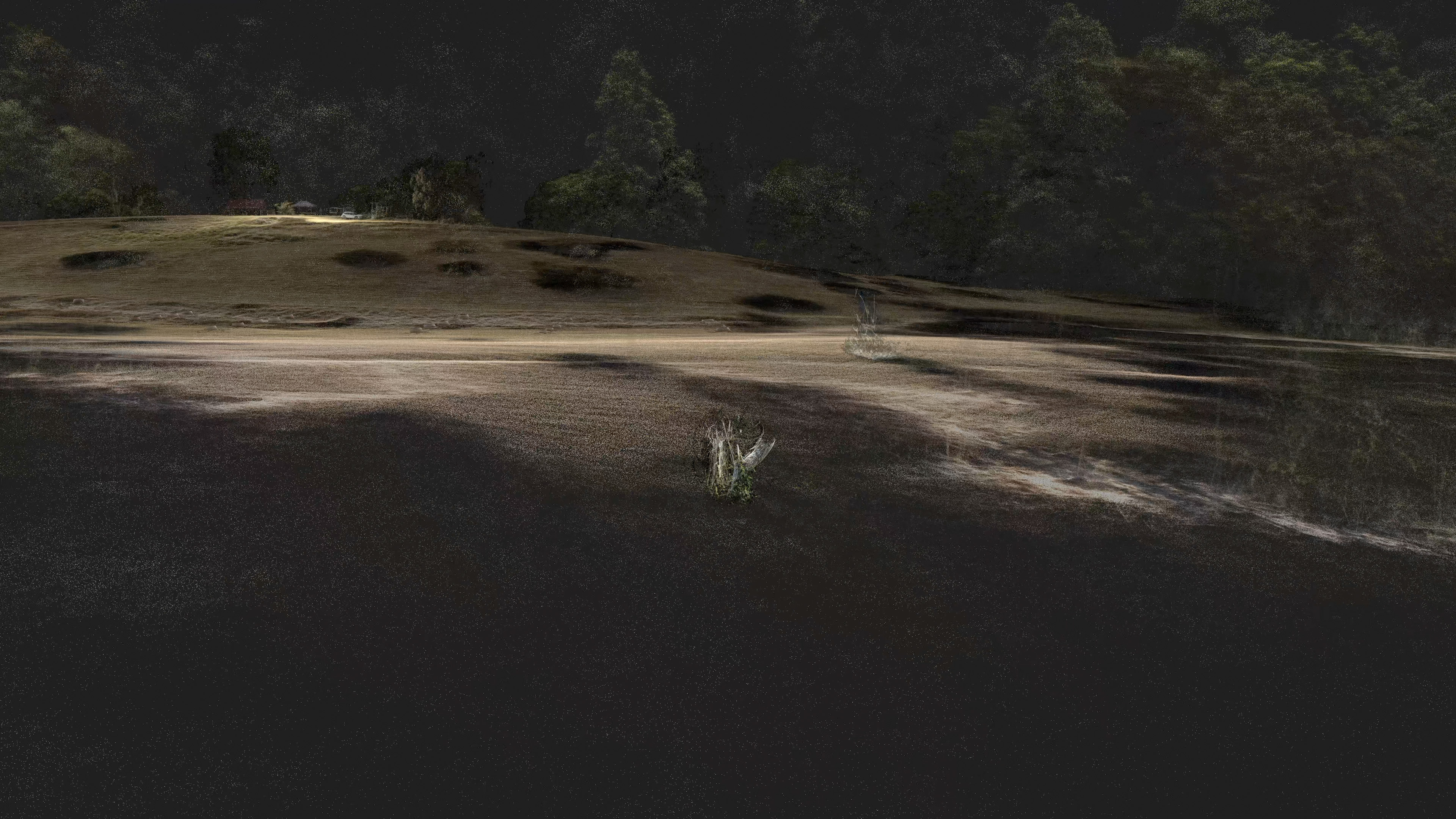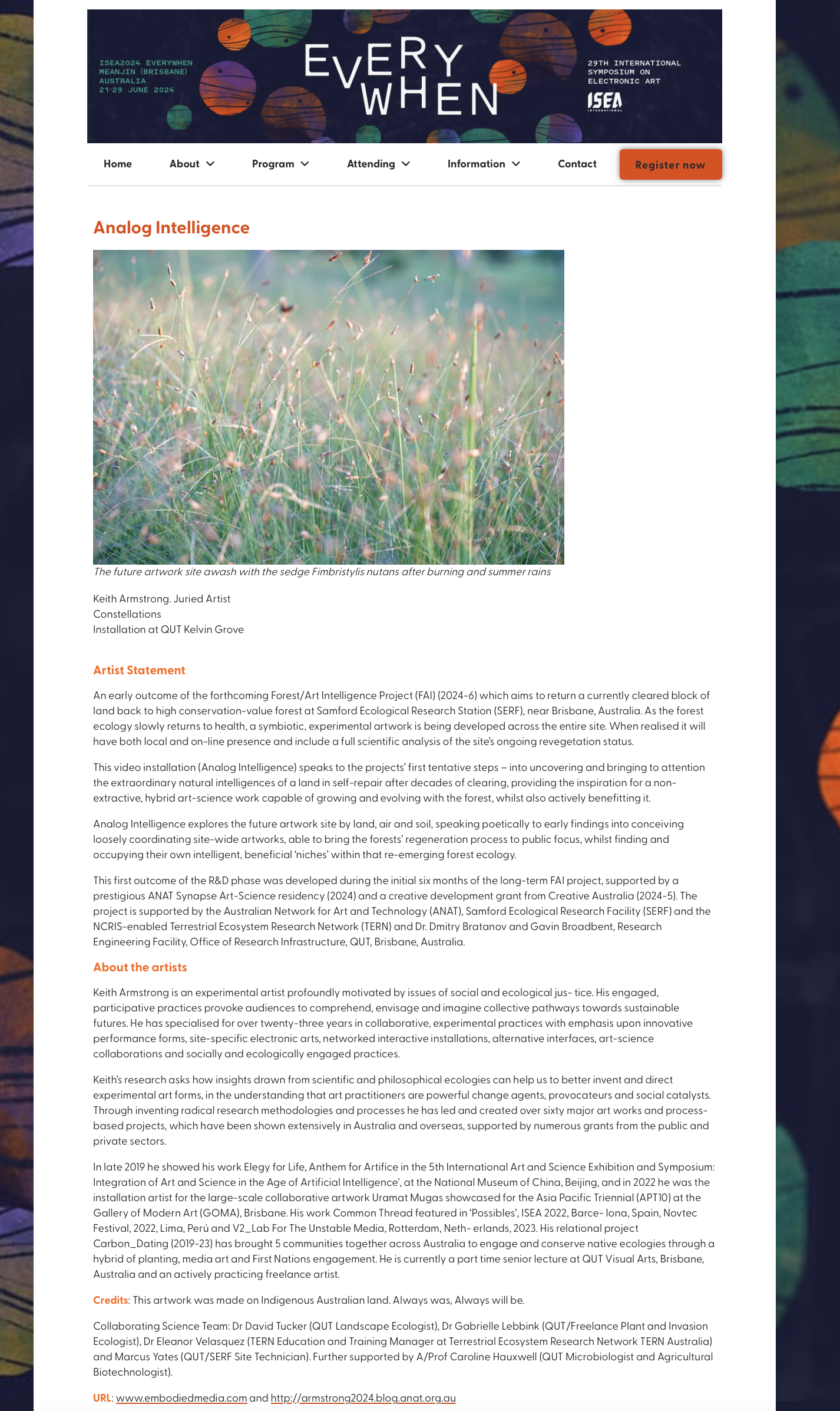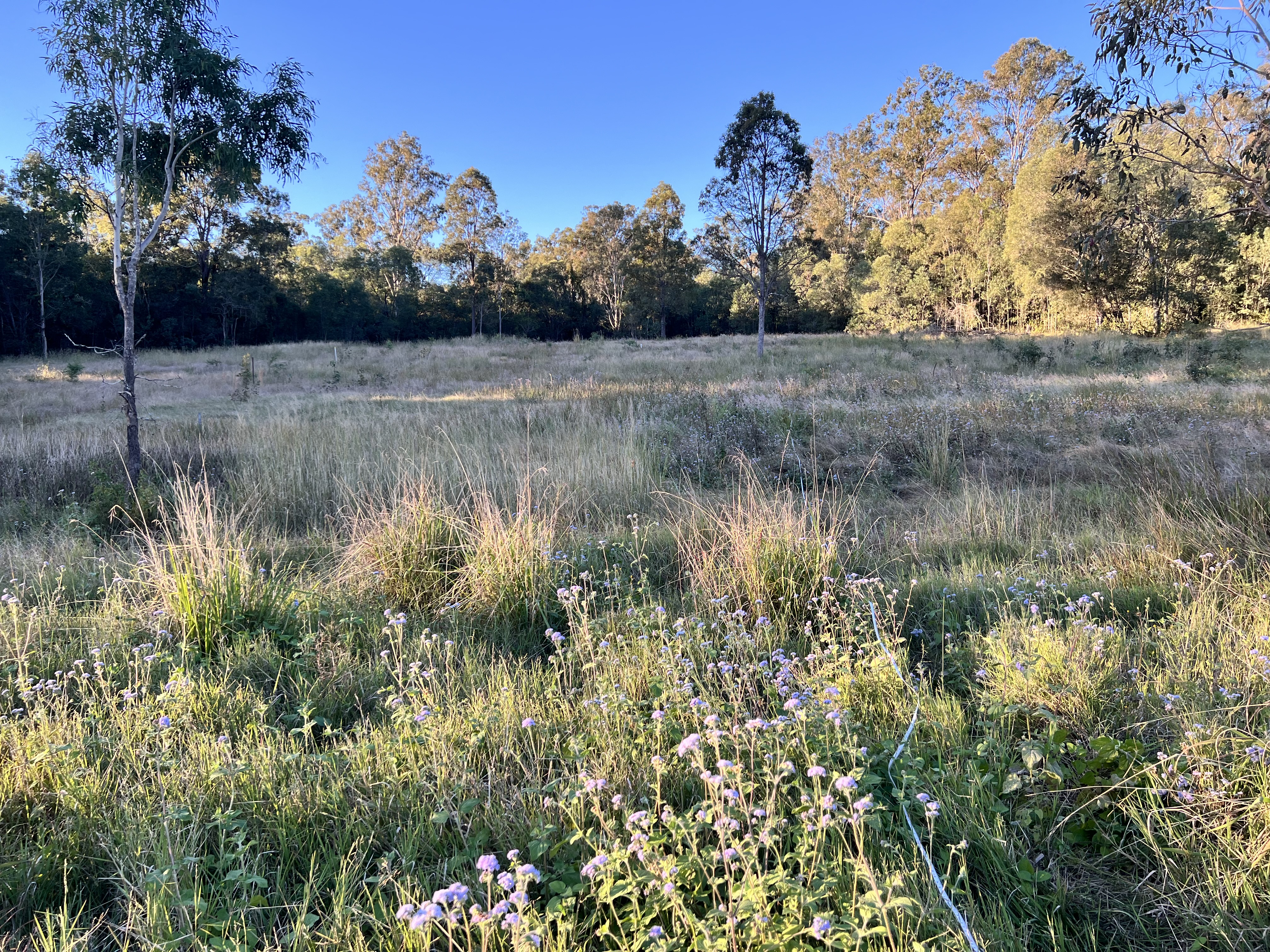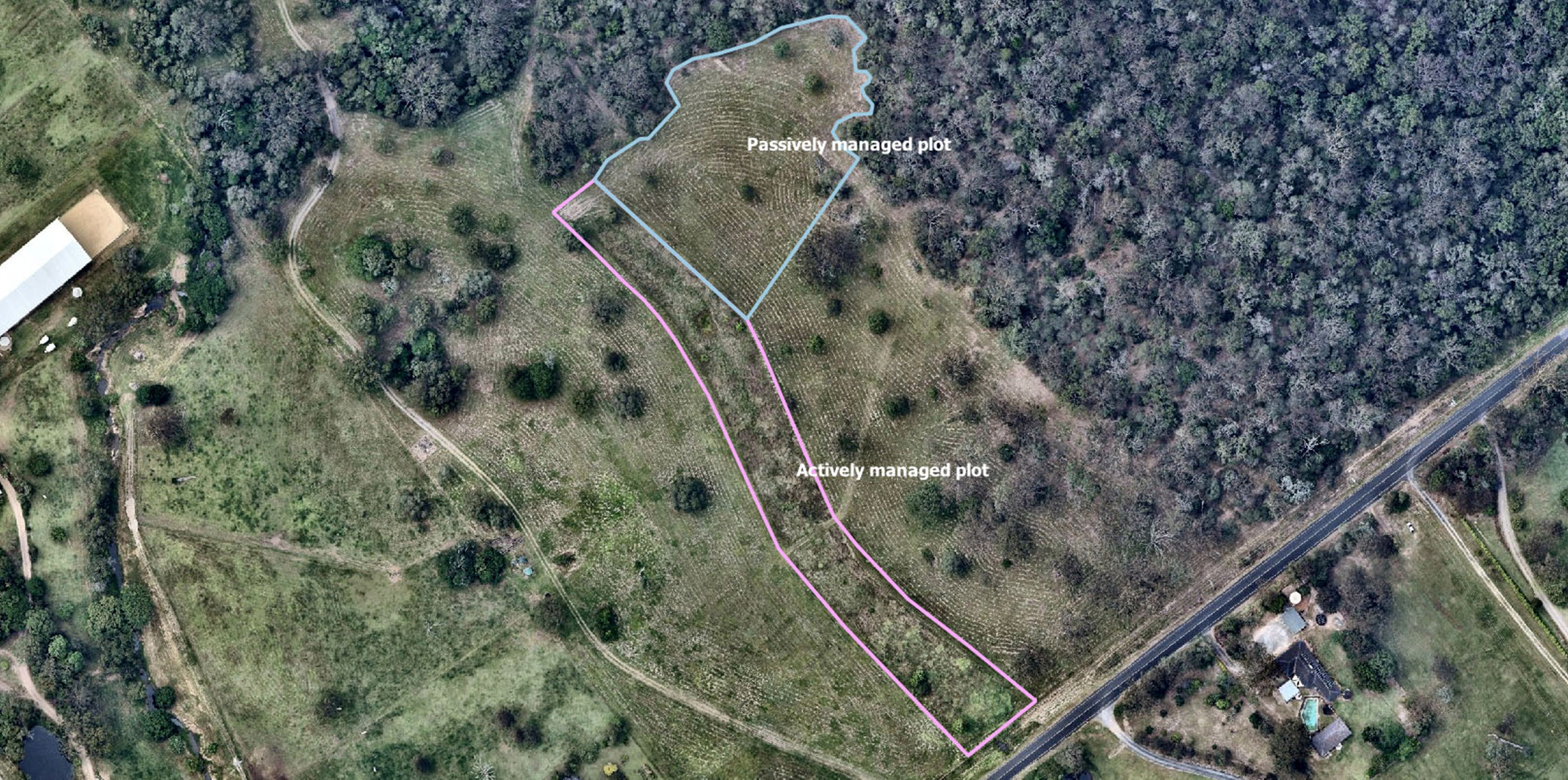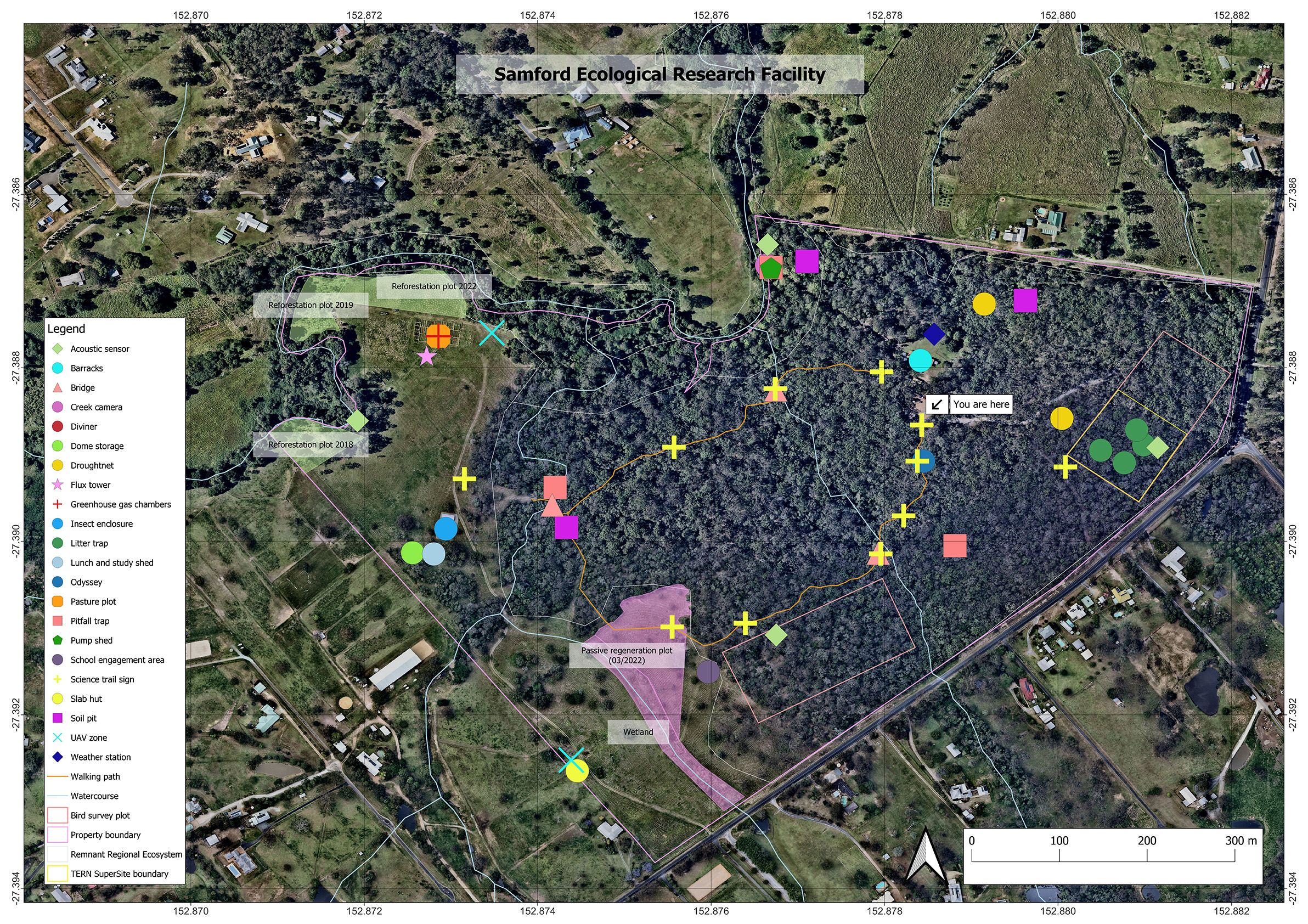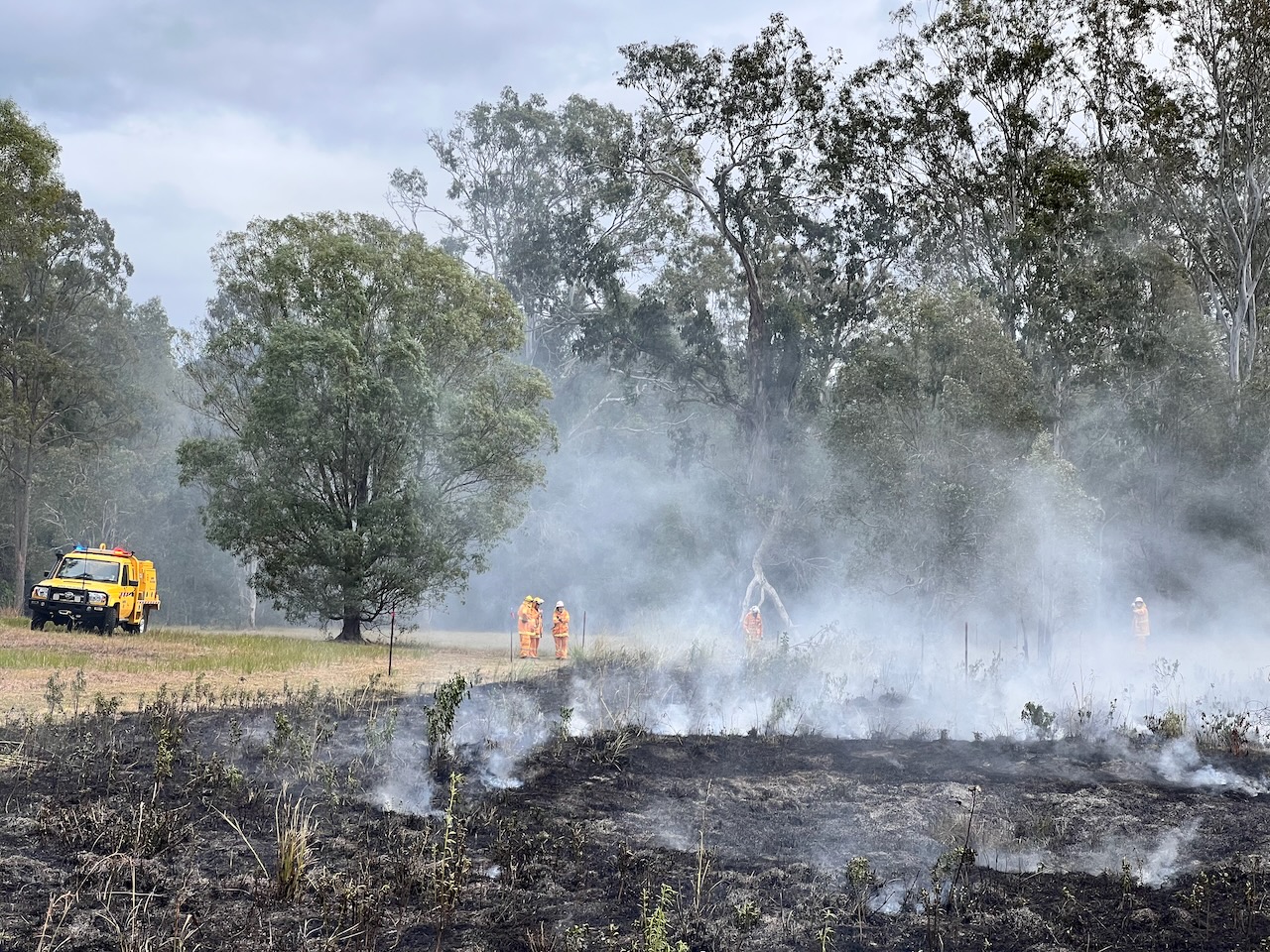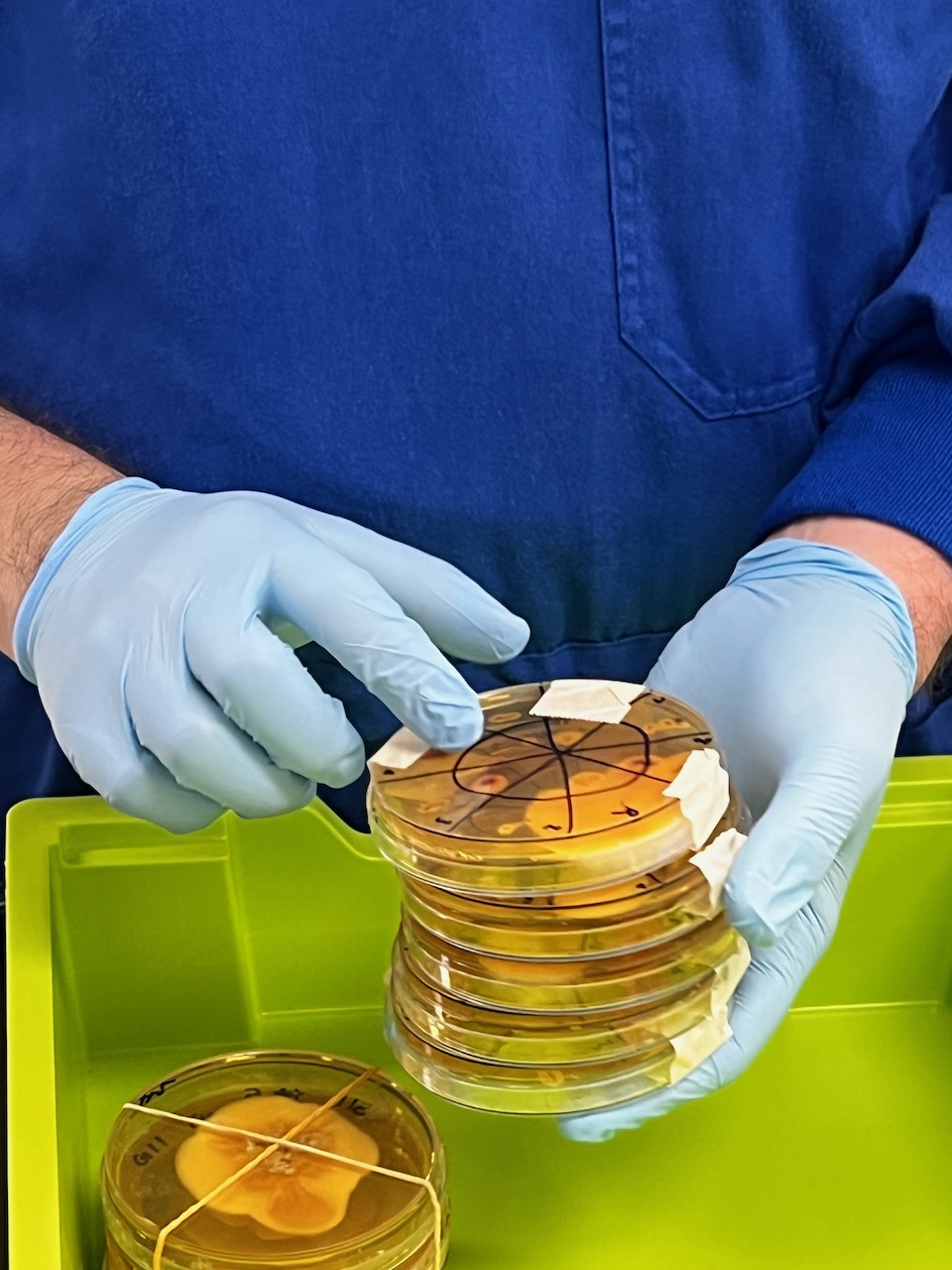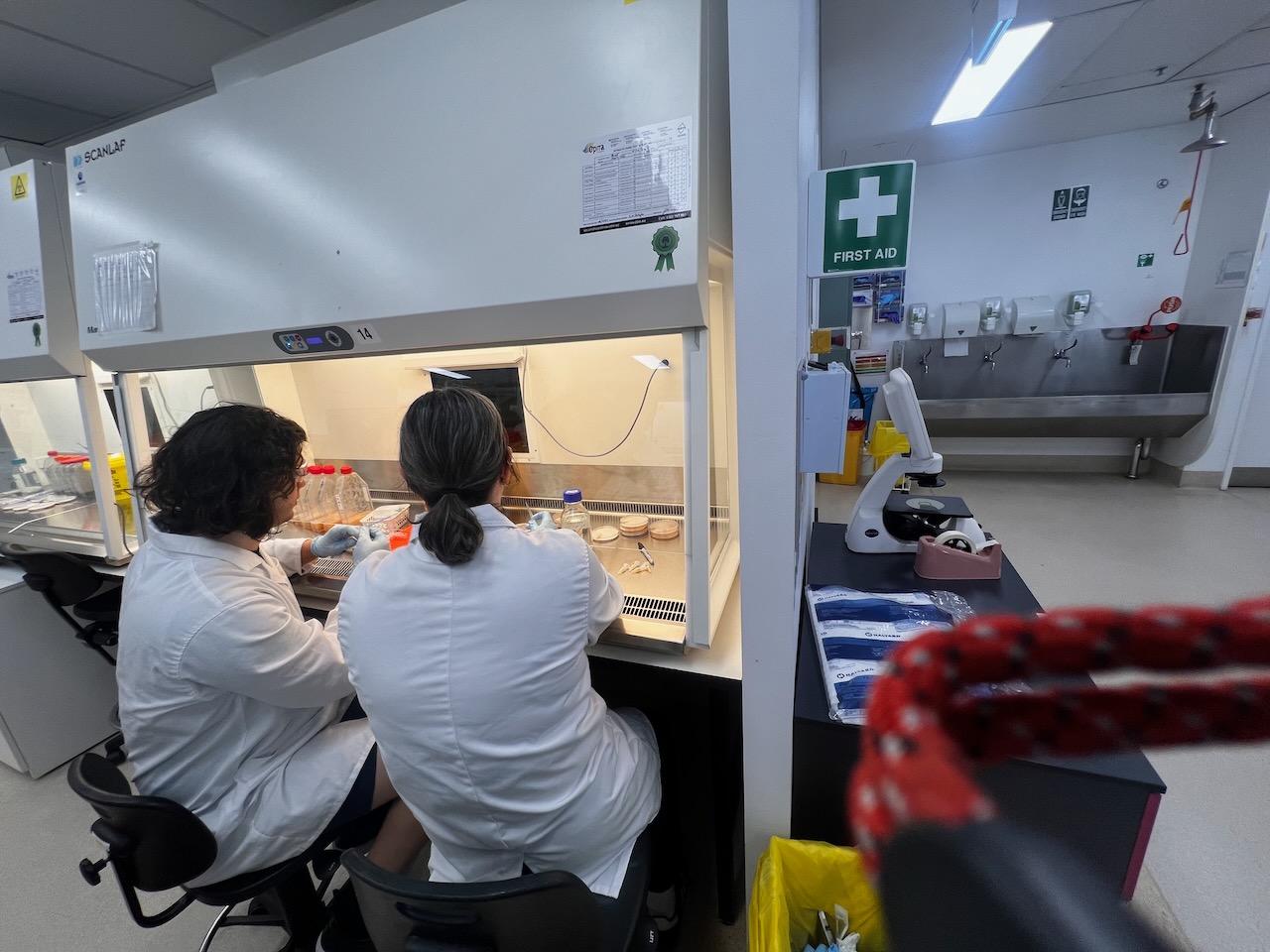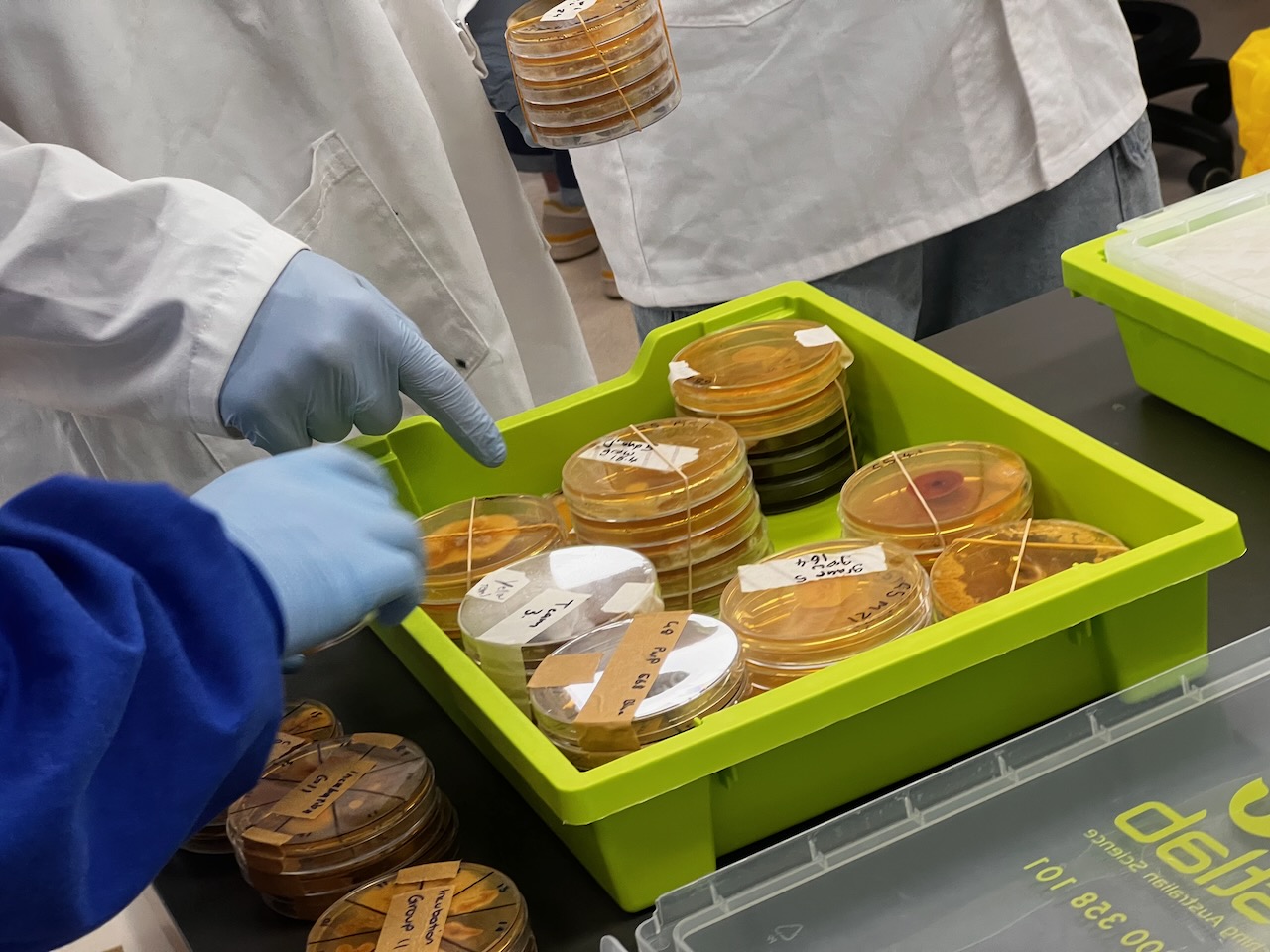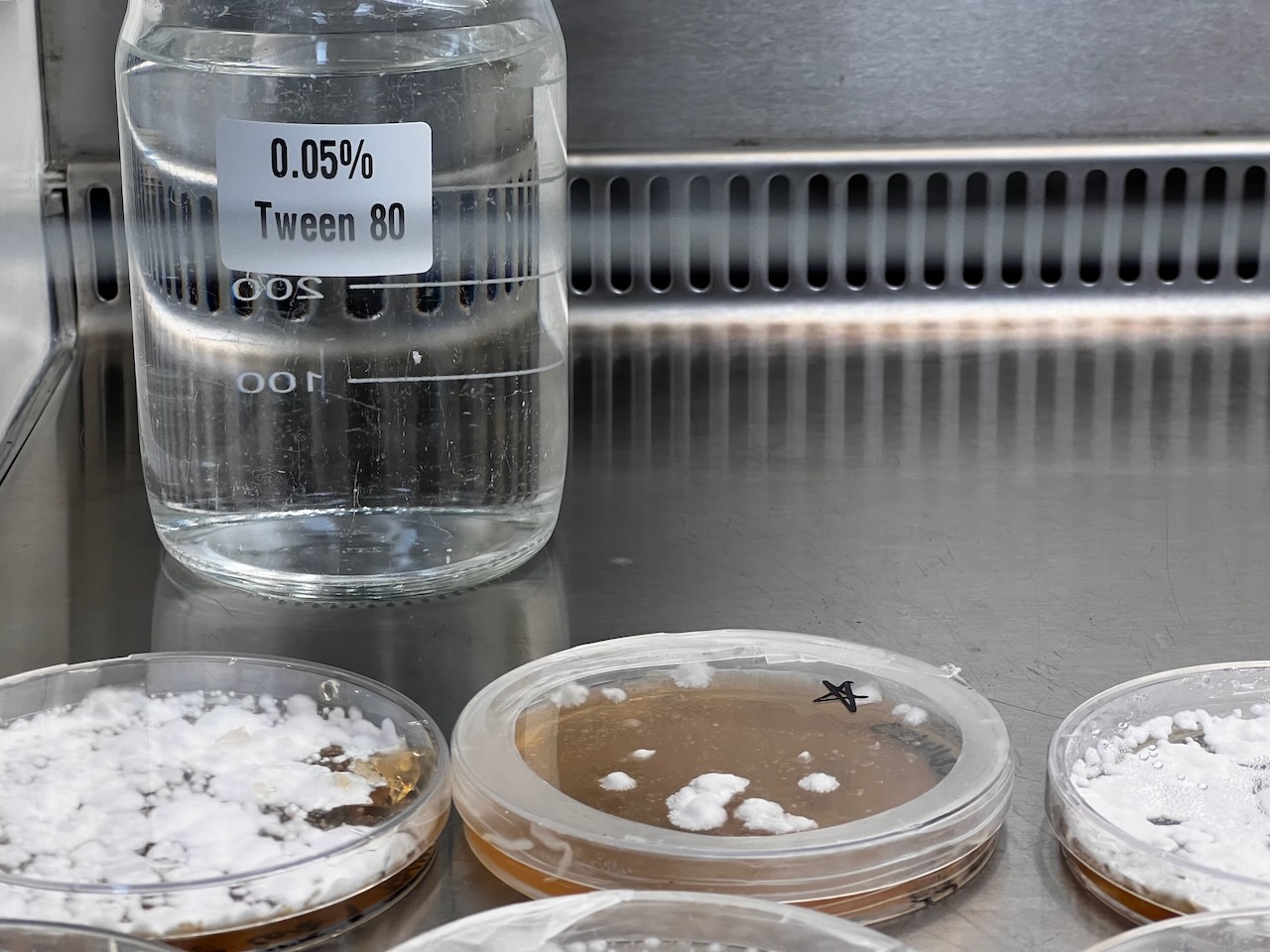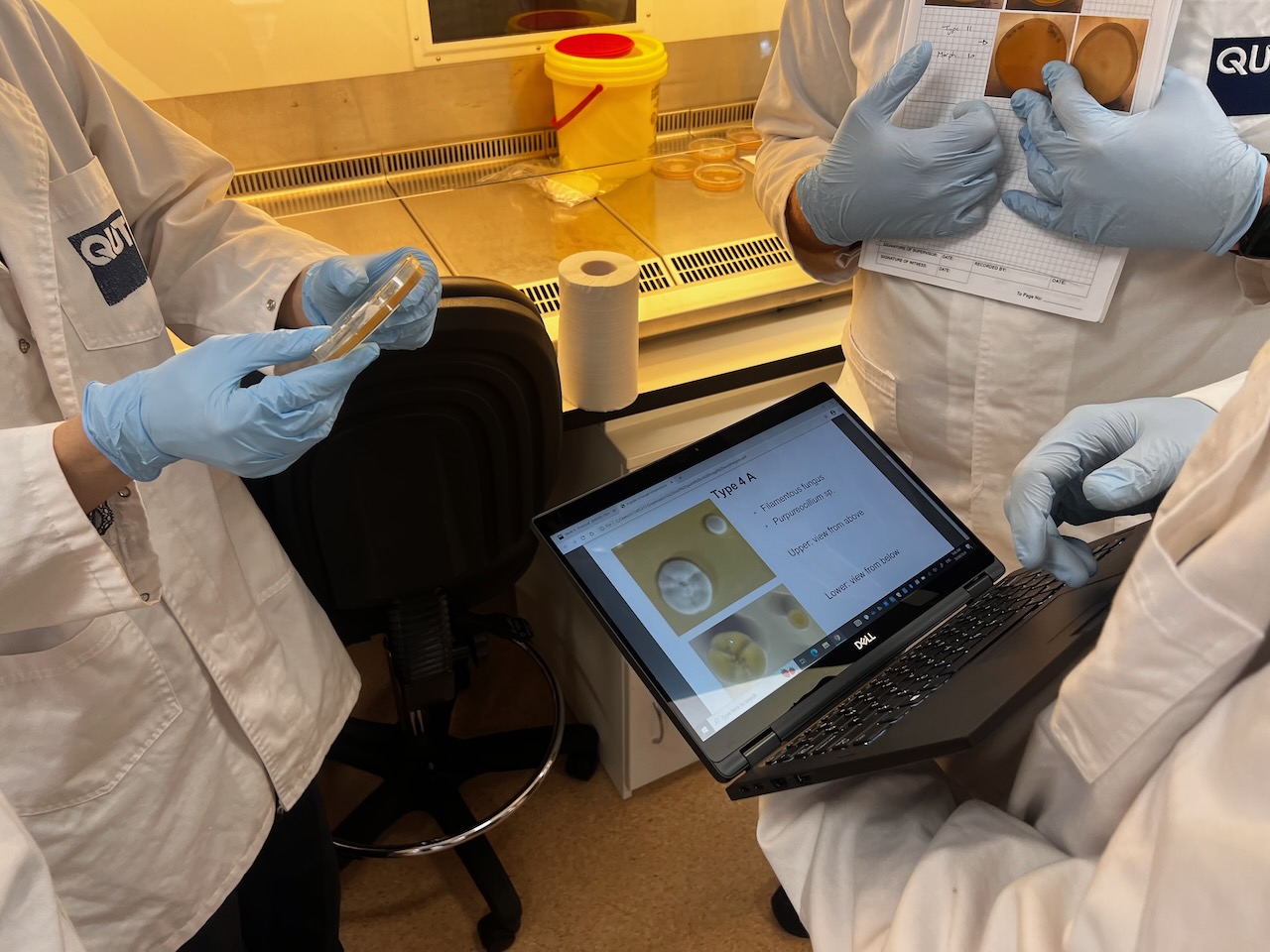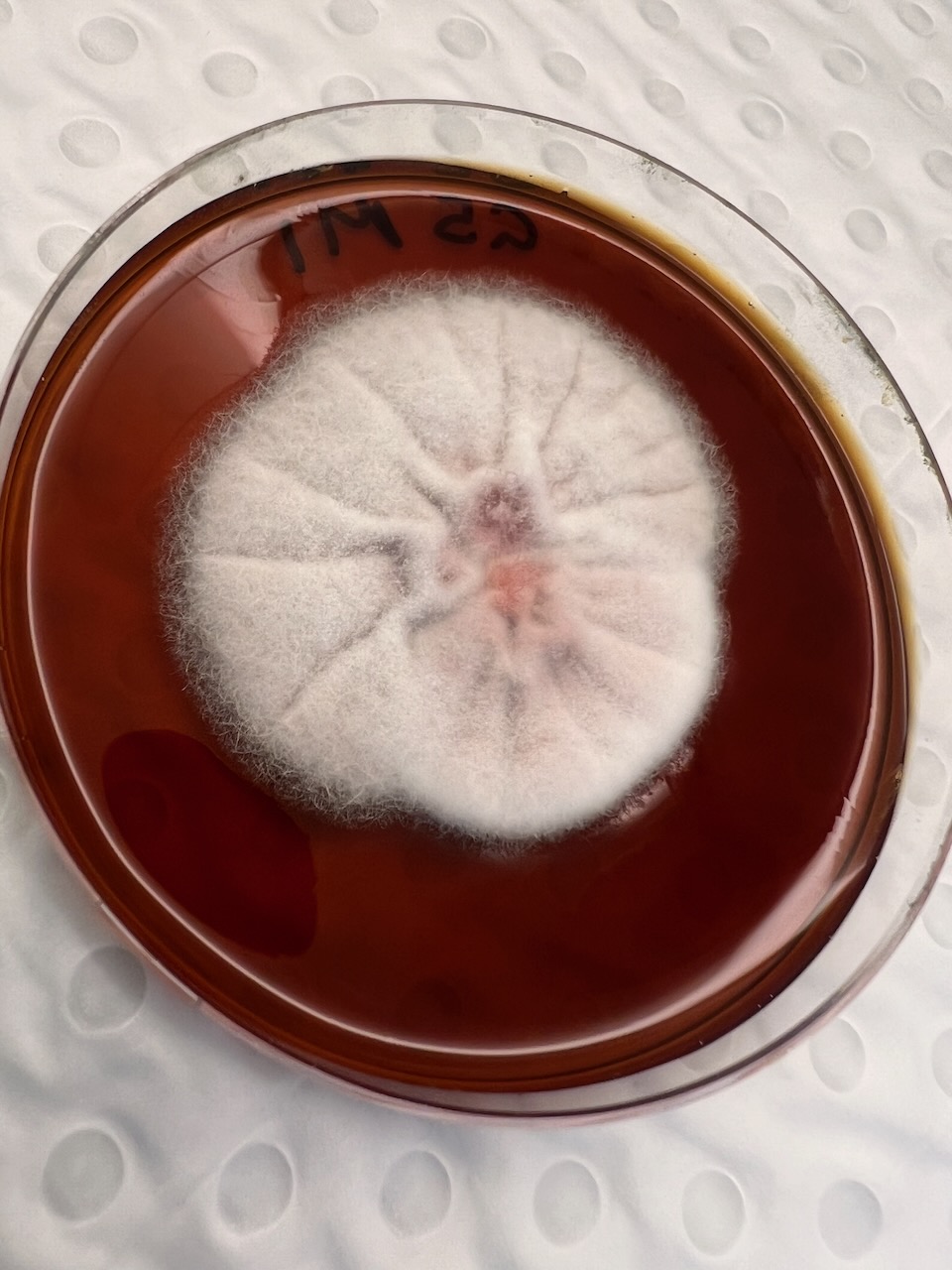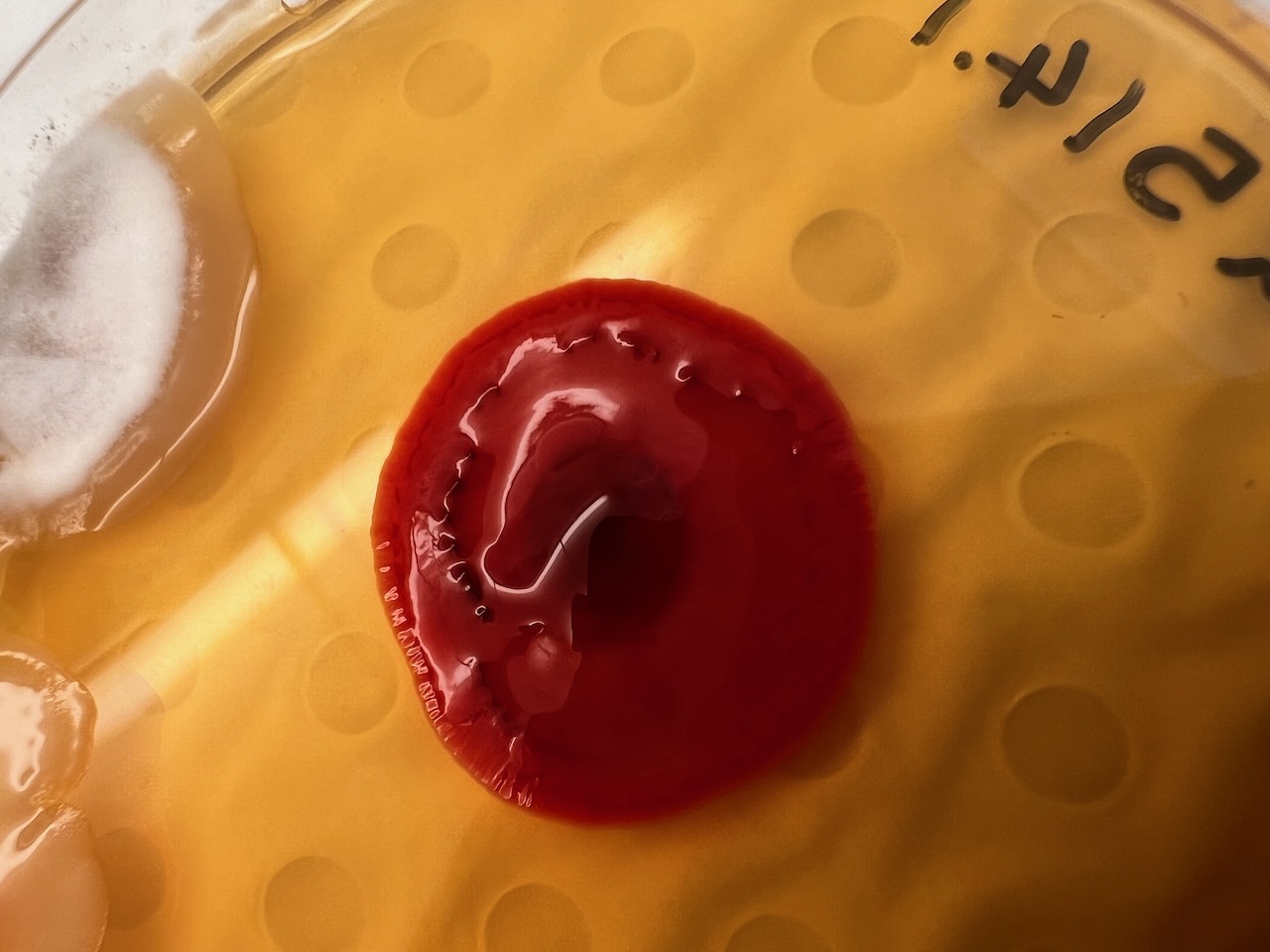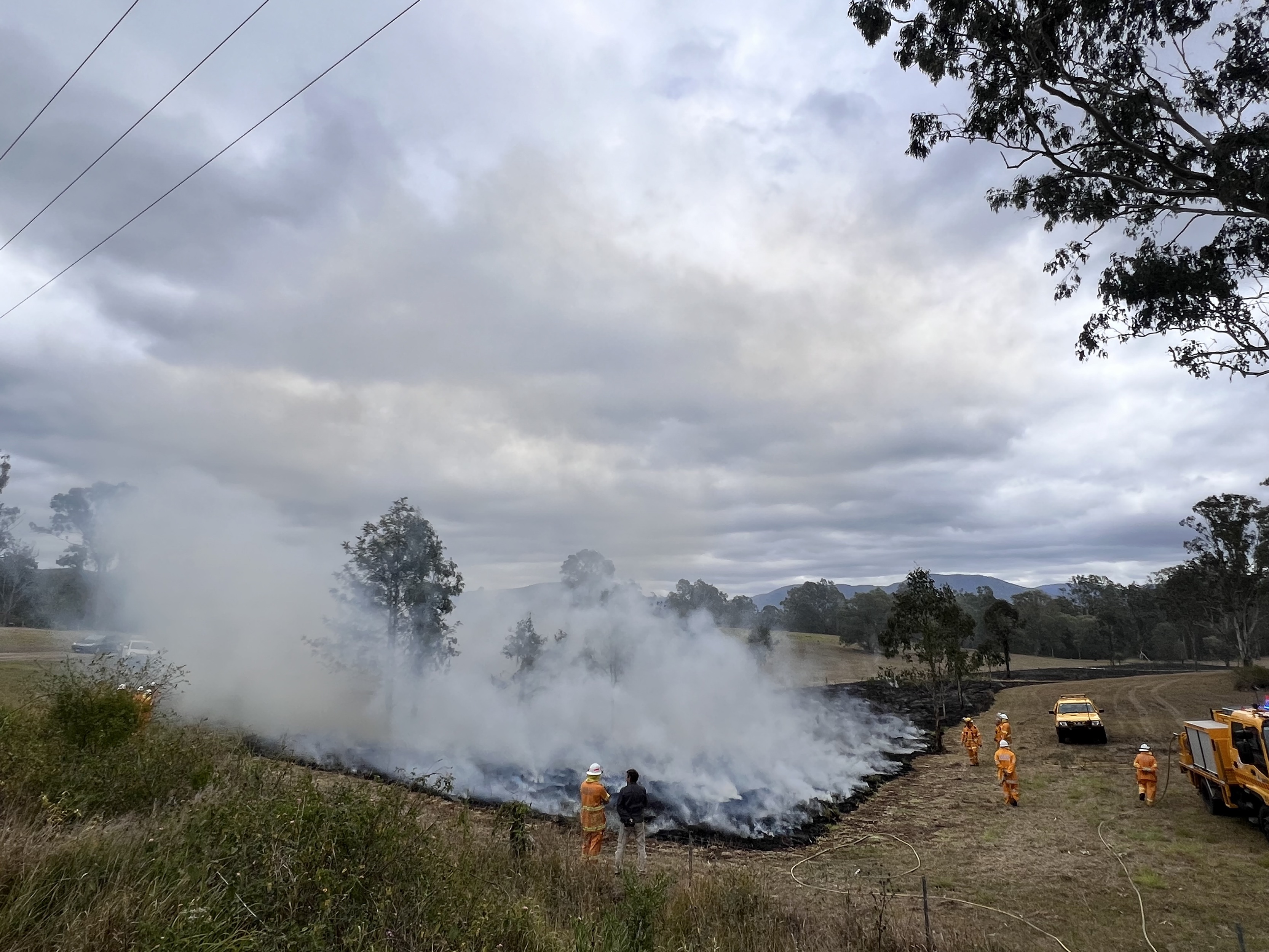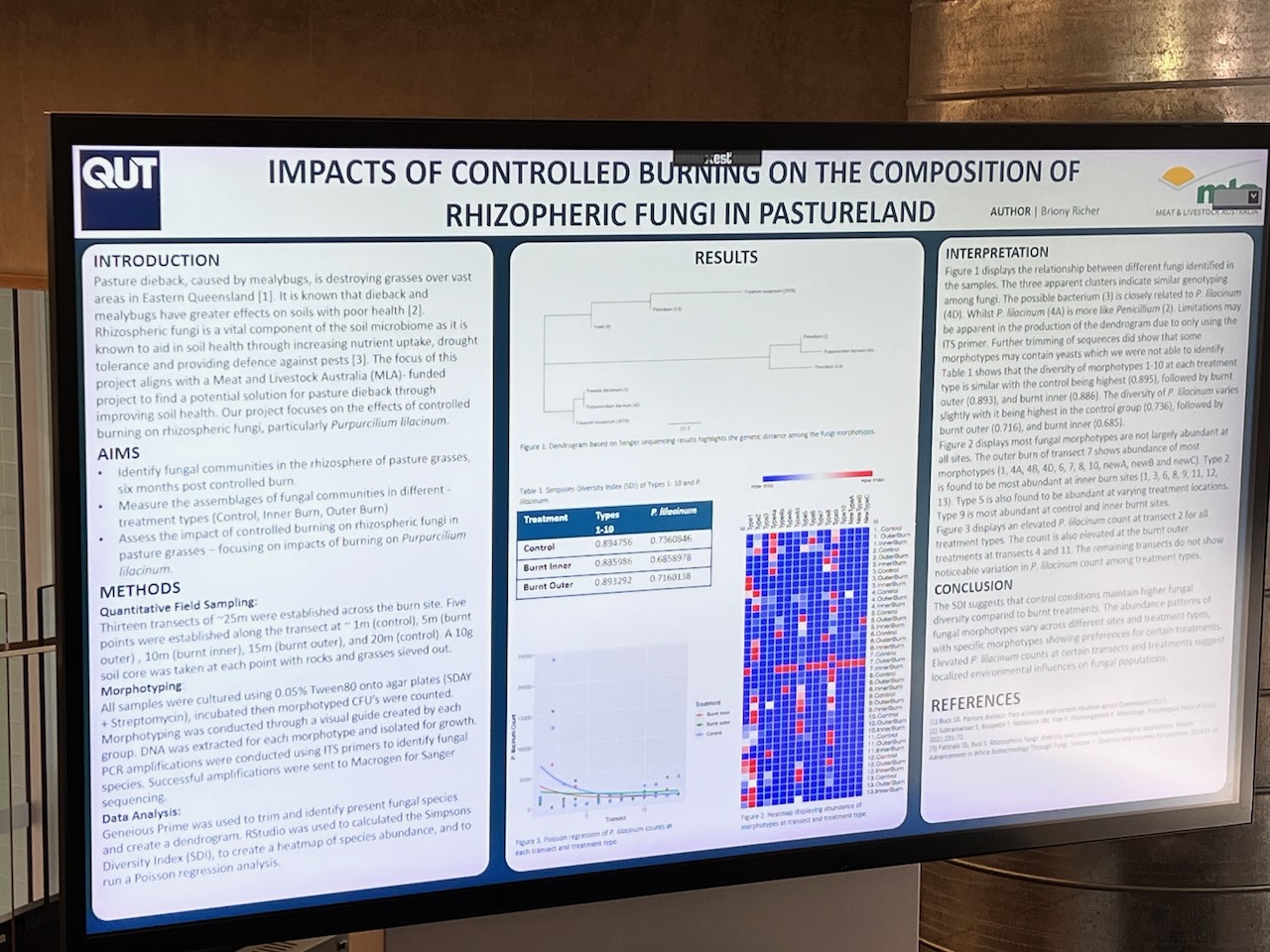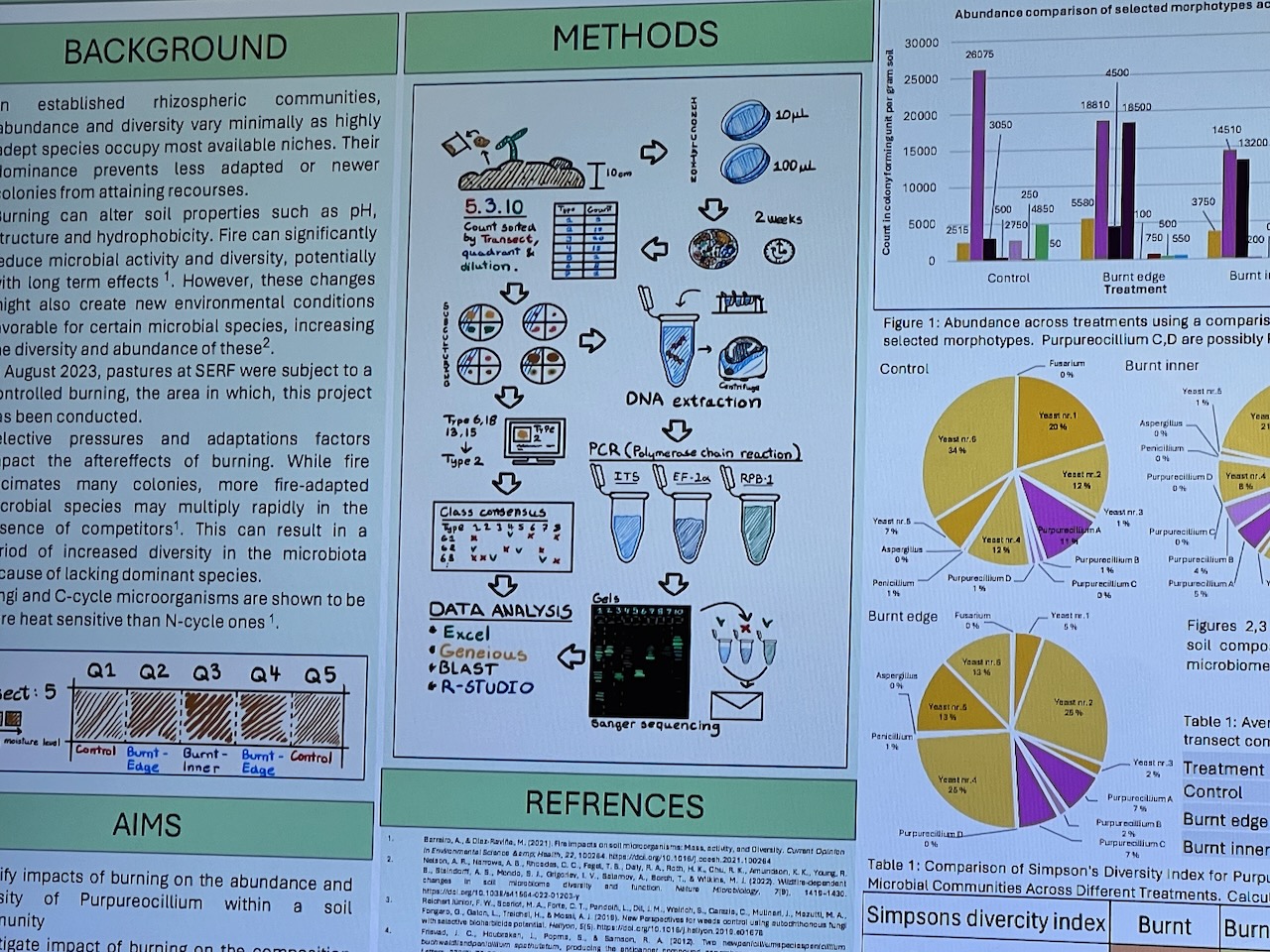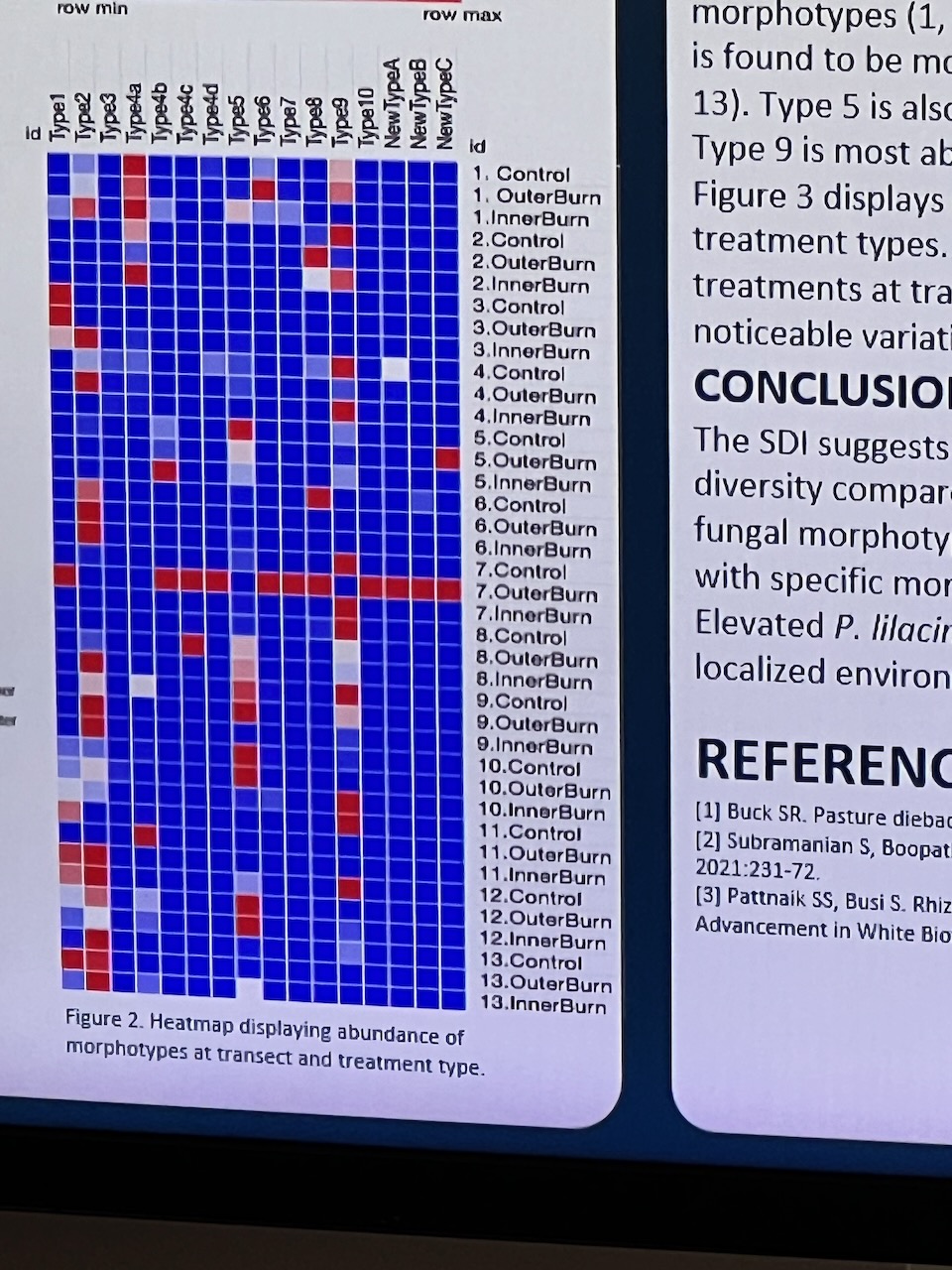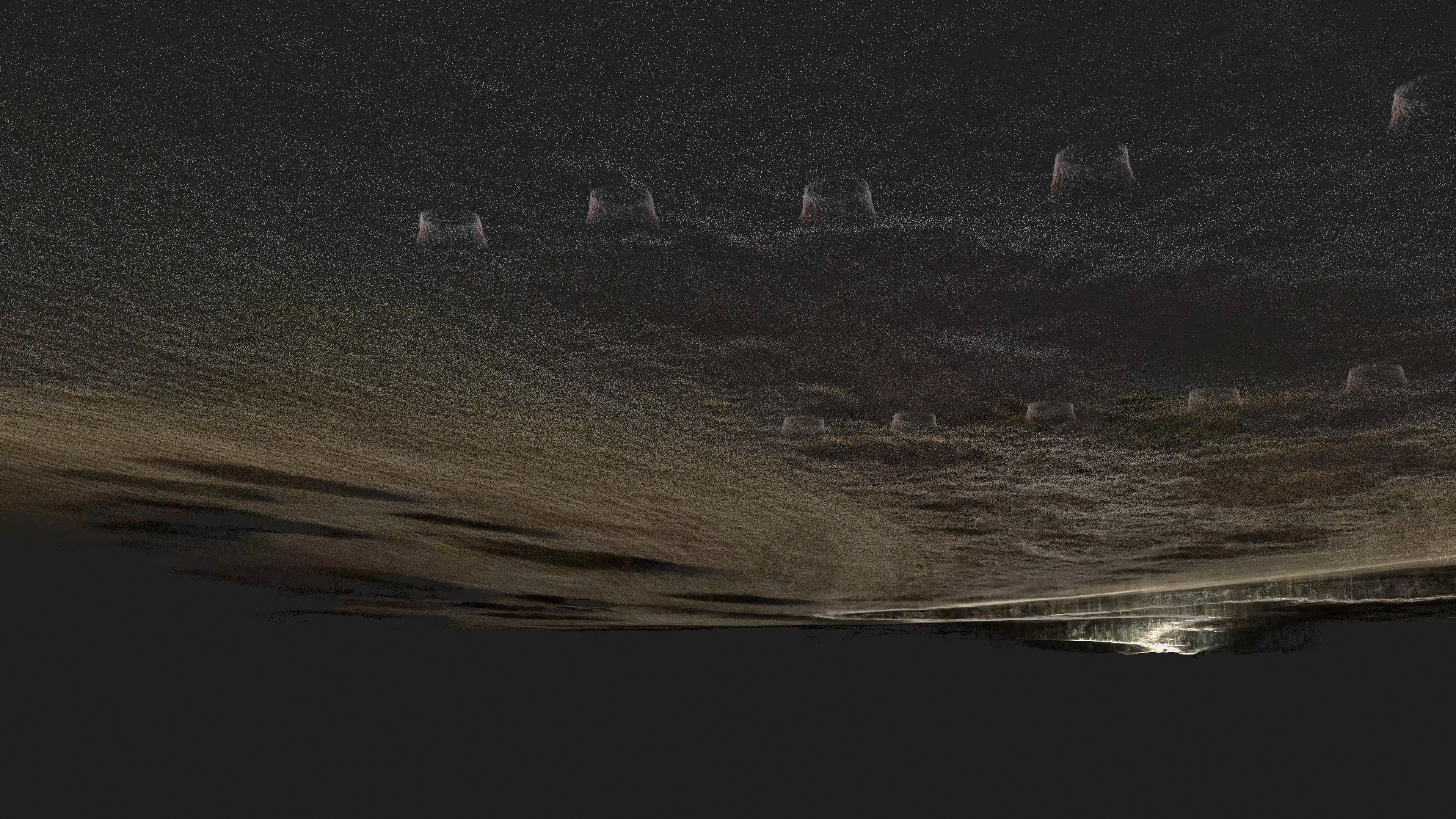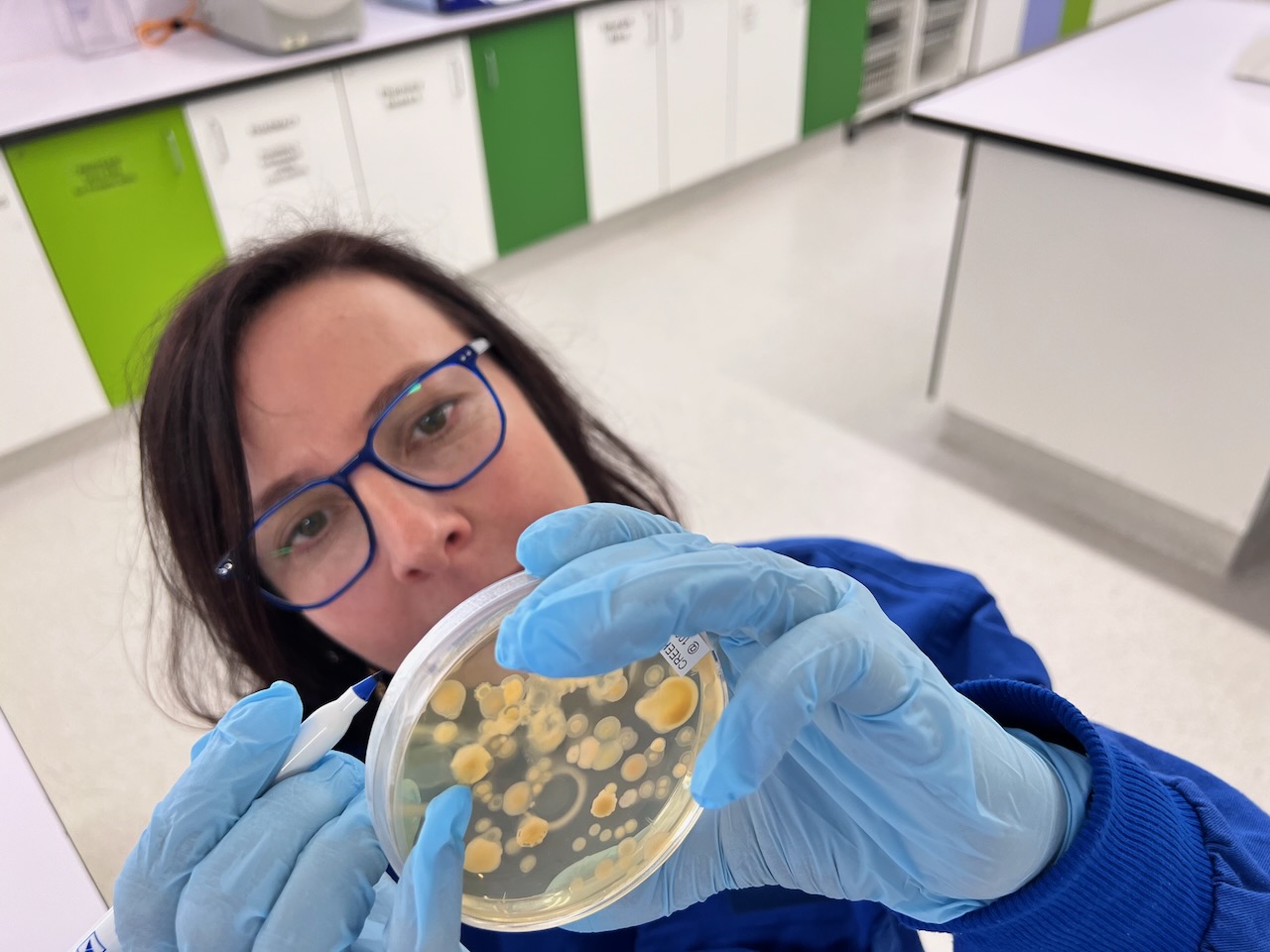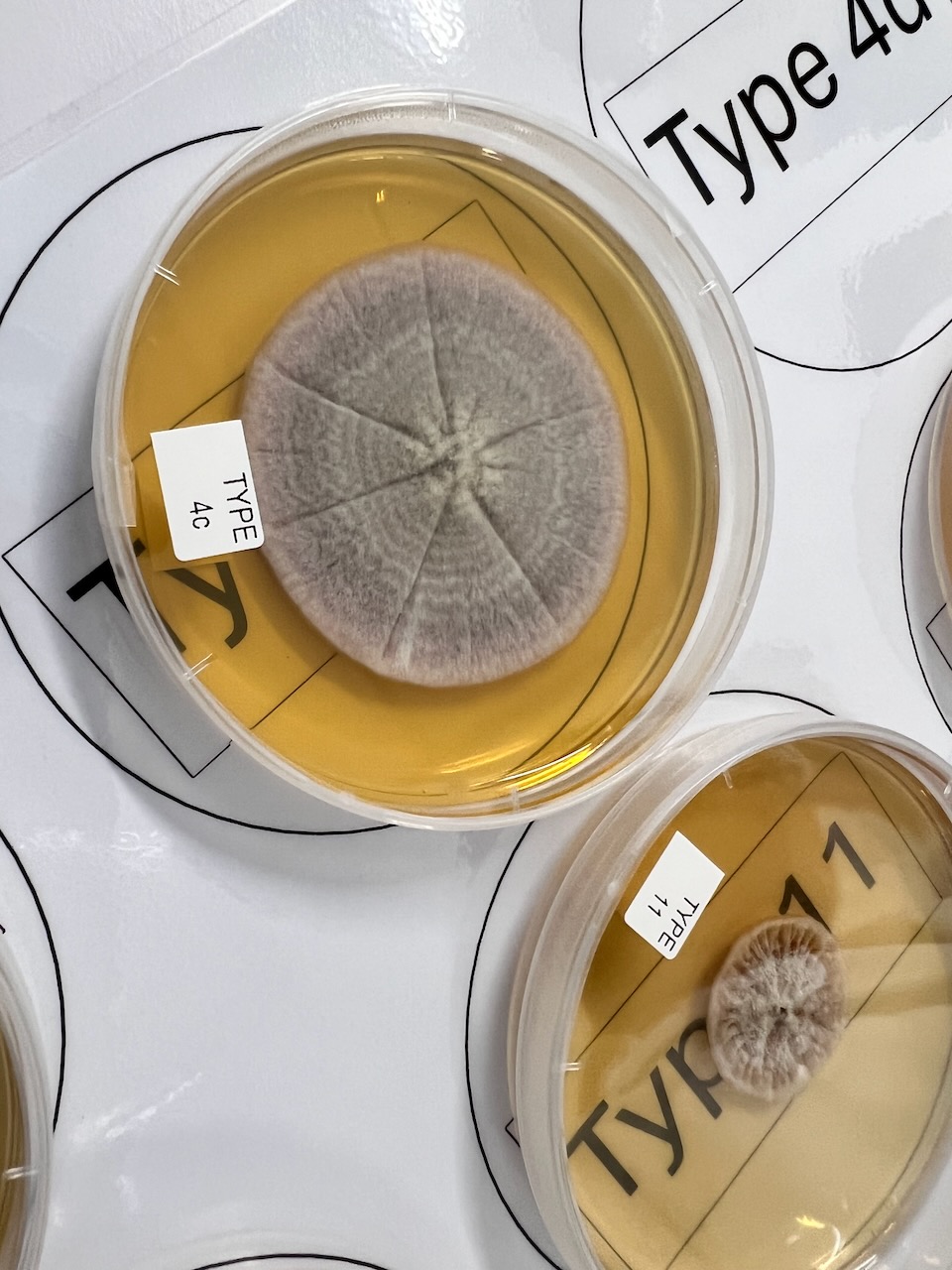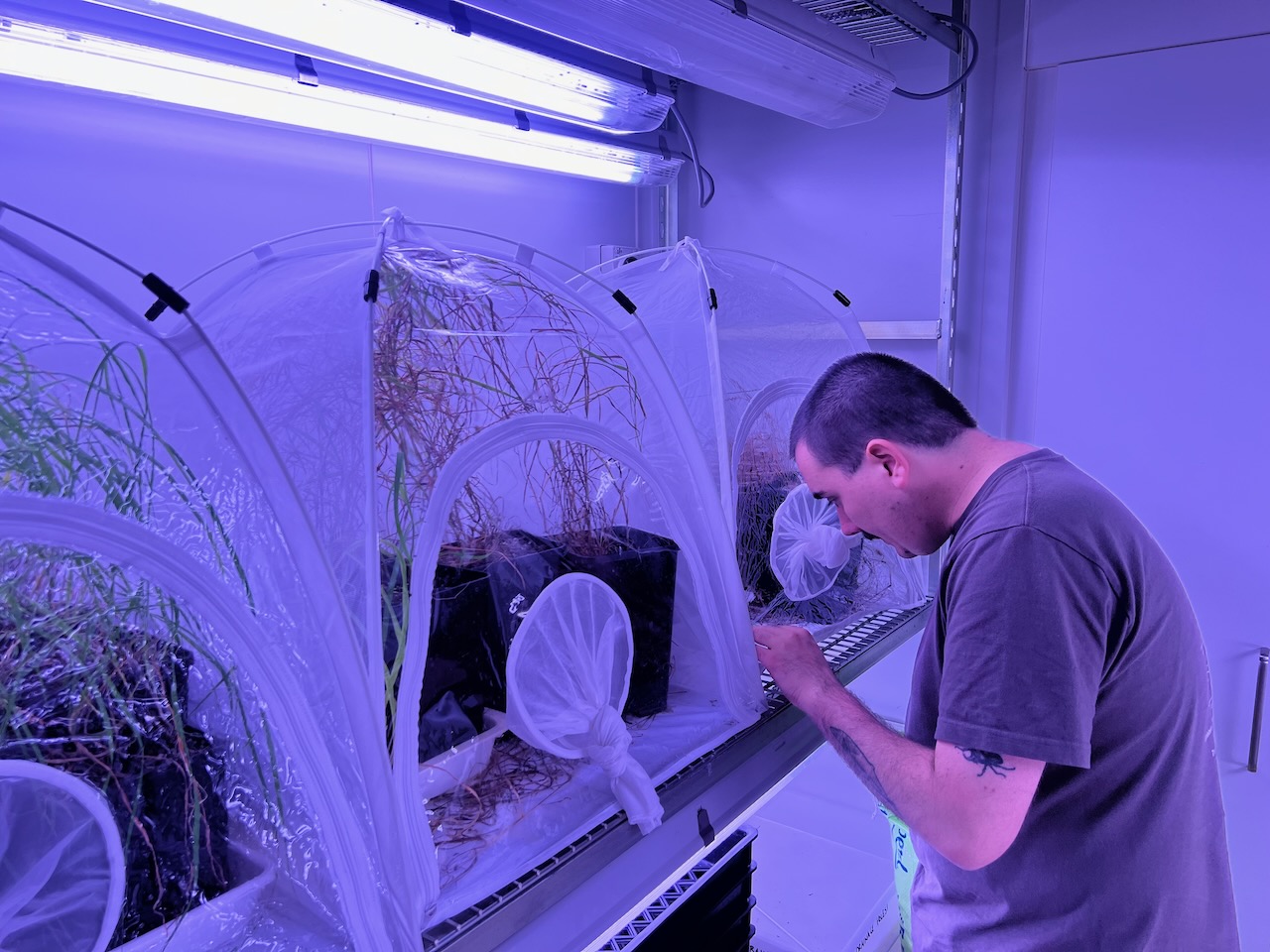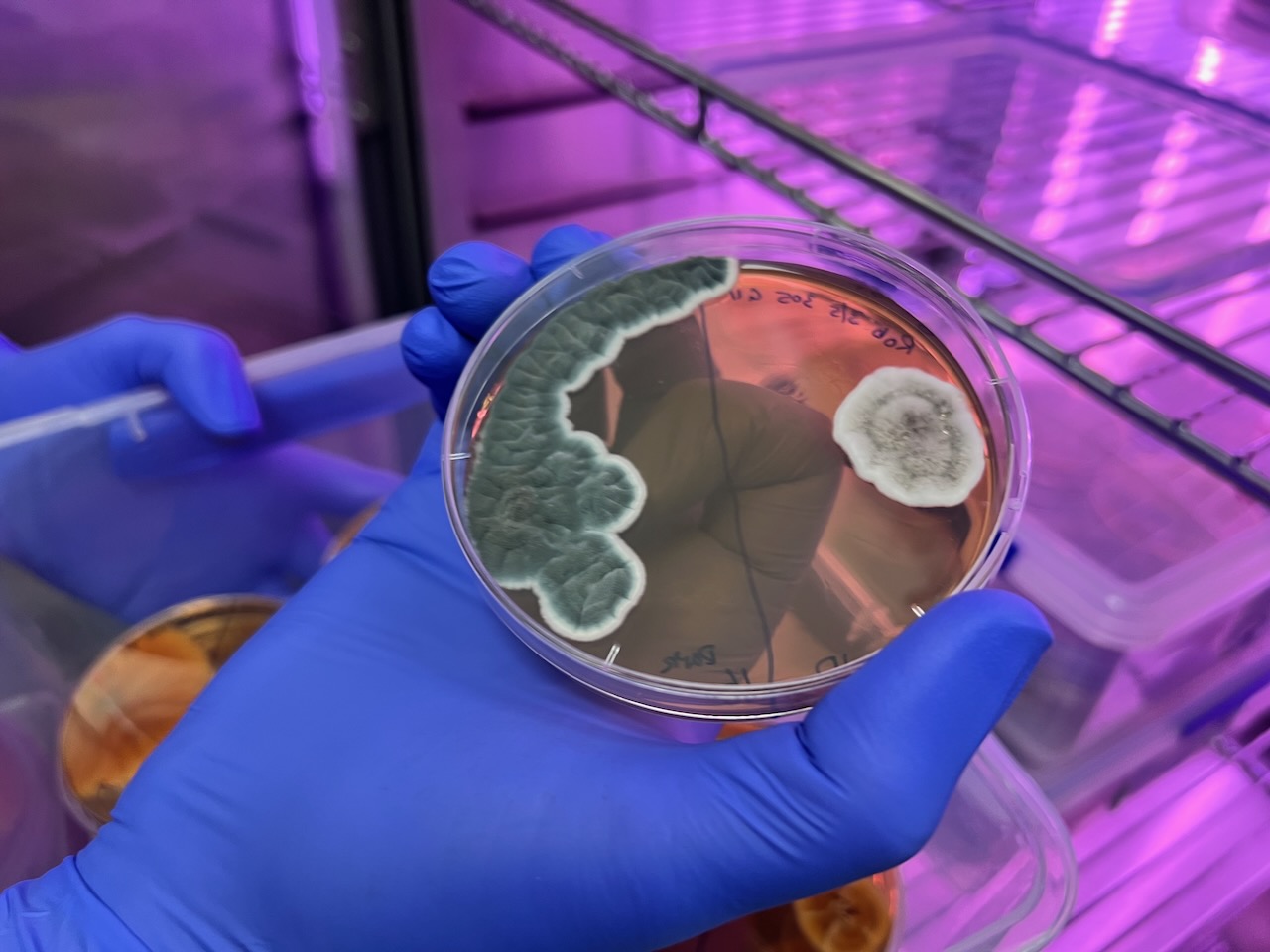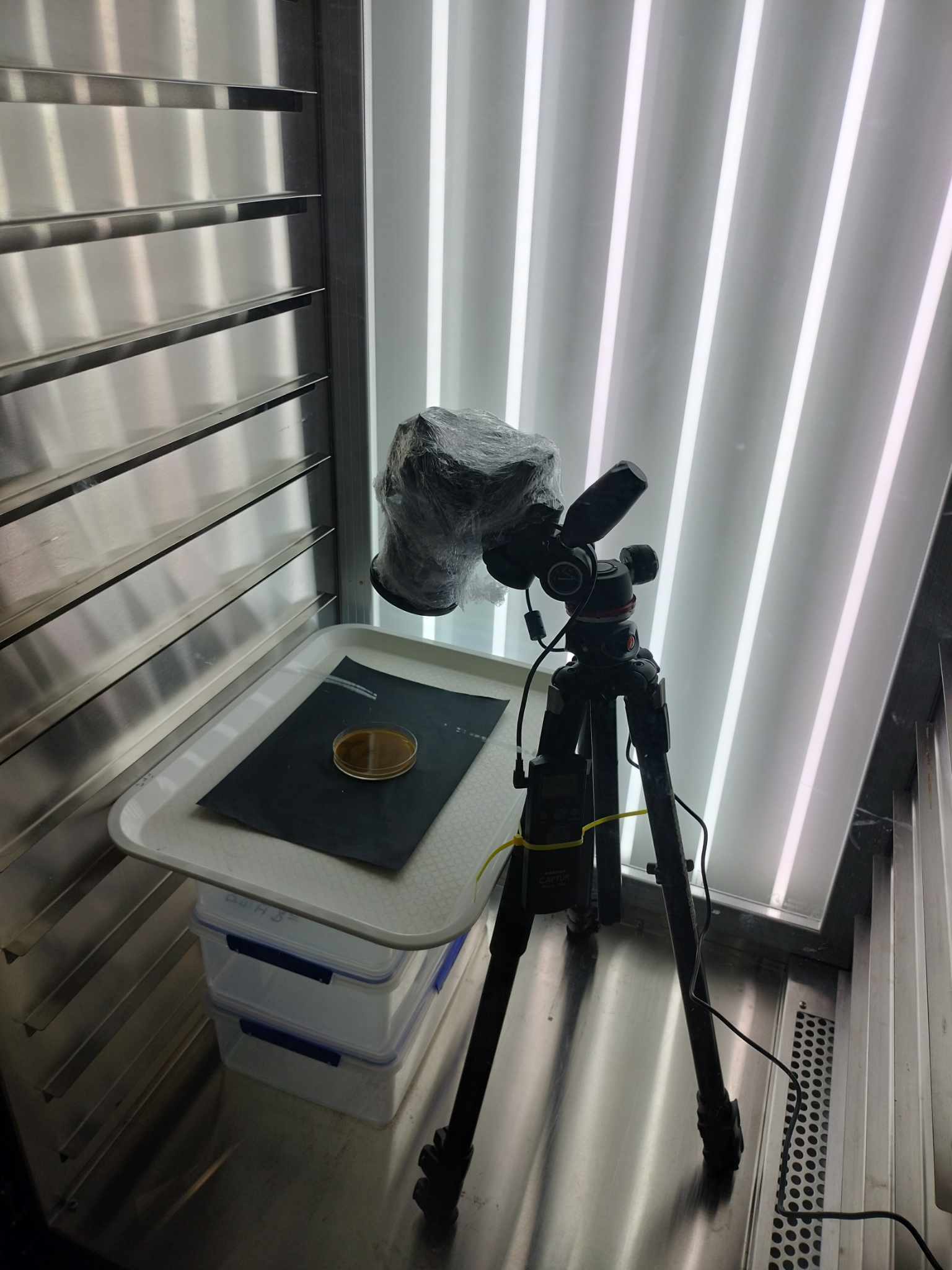On June 11th 2024, almost a year after the first (winter 2023) plant survey, Dr. David Tucker and Dr. Gab Lebbink undertook the second botanical survey on site – using three established transects that crossed the passive regeneration artwork site, and one end of the newly named wetland artwork site. The vegetation types had now shifted from a recently mowed winter site back in 2023 (following a dry season and pre-burn) to a now actively regenerating area after extensive rain – which had also long recovered from its winter 2023 burning.
We surveyed the site along the three prior transects – with each of the 5 sites along each transect marked by a ground peg installed in 2023.
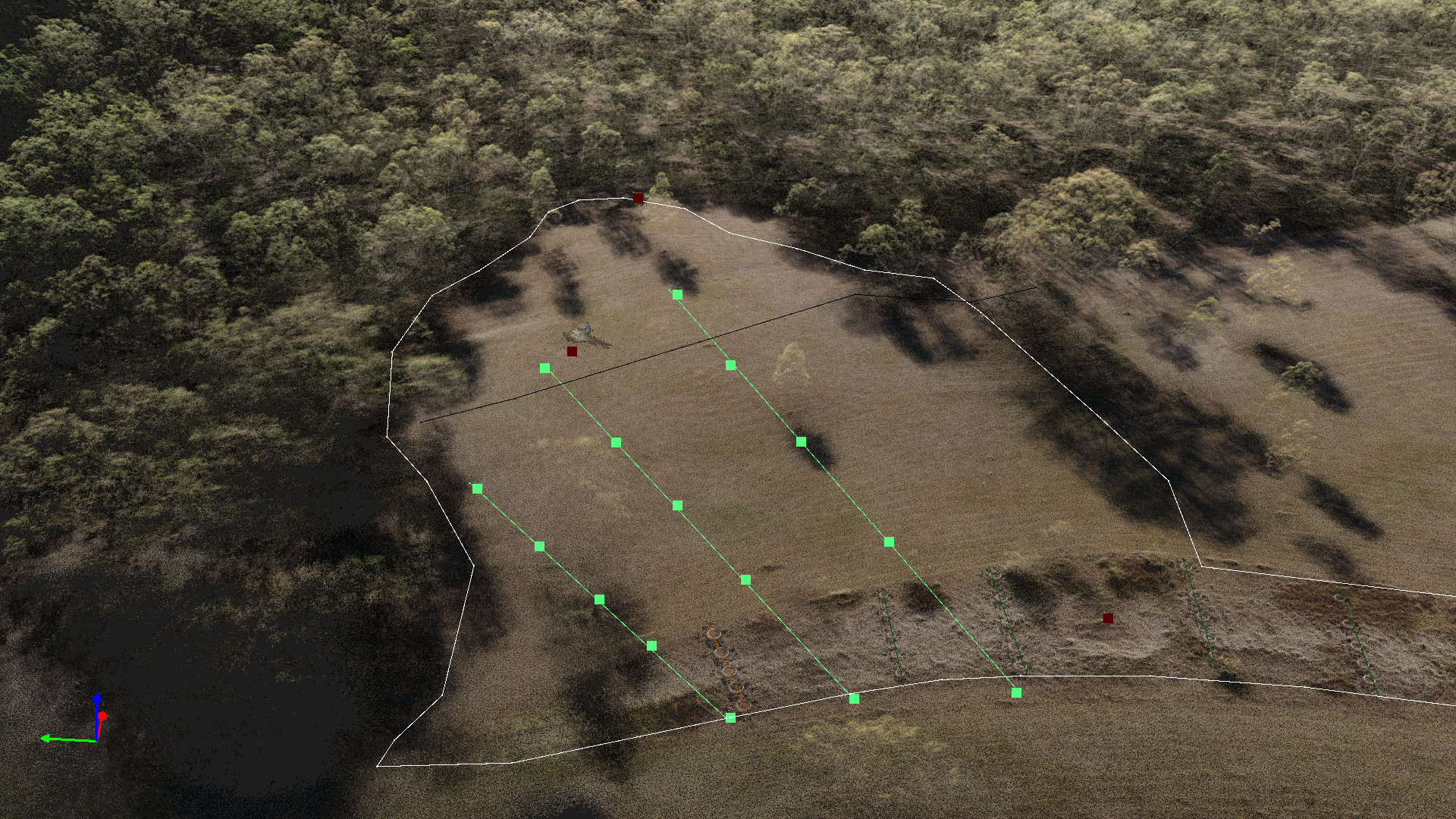
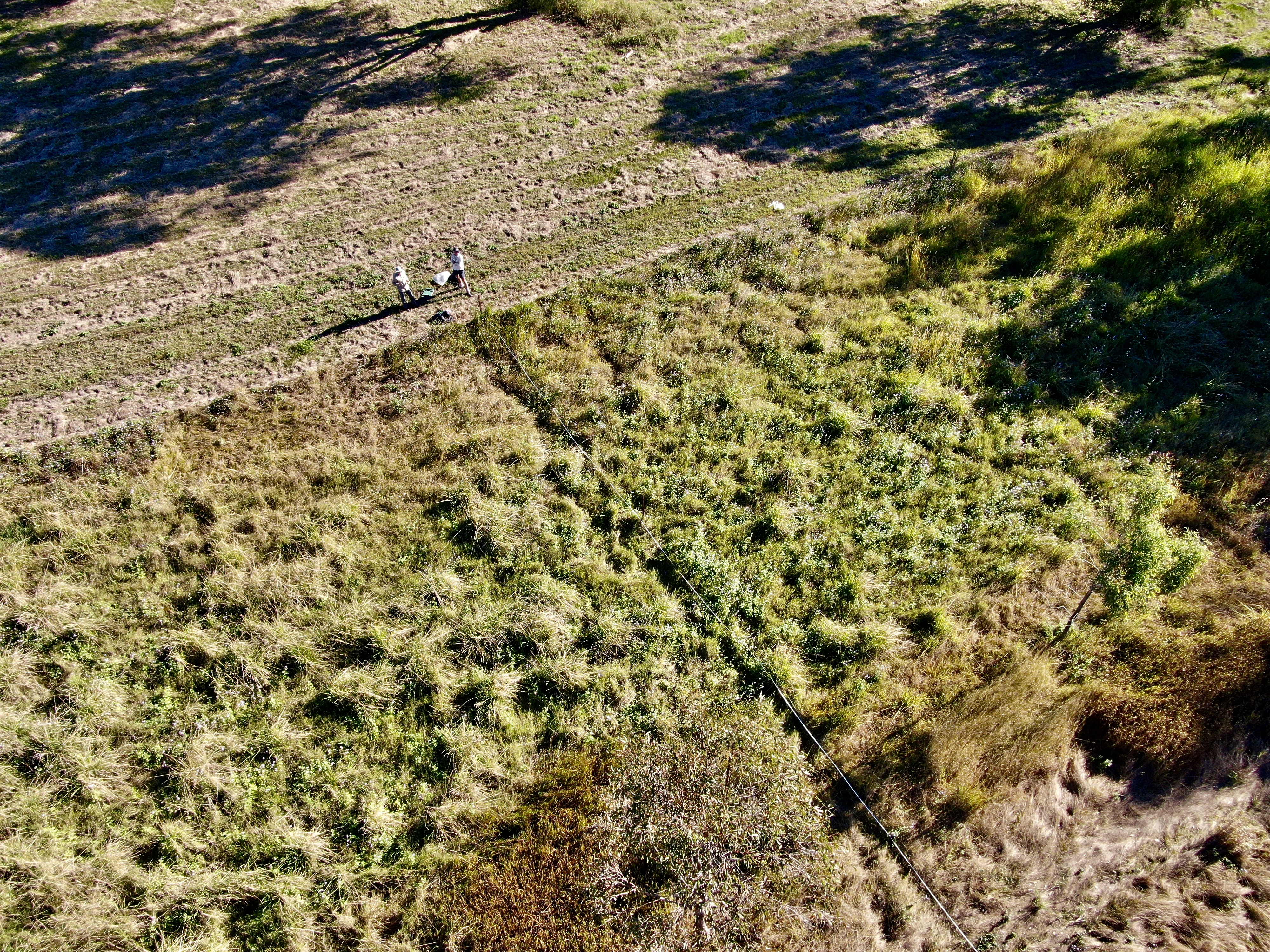
An ecologists’ quadrat (1x 1m) was laid at each pegged point (see diagram above) and estimates of ground cover (% ) and lists of species recorded. As before the agreement on the floristic content was negotiated through a wonderful, gentle dialogue between the two ecologists – a soundtrack I again recorded a part of for use in a future artwork – just as I had used it the artwork Analog Intelligence. Next a 5x5m square, originating from that quadrat point at each peg was surveyed for tree growth – with species names, counts and heights recorded. These figures therefore gave us an estimate across the entire site of vegetation type, quality and mix.
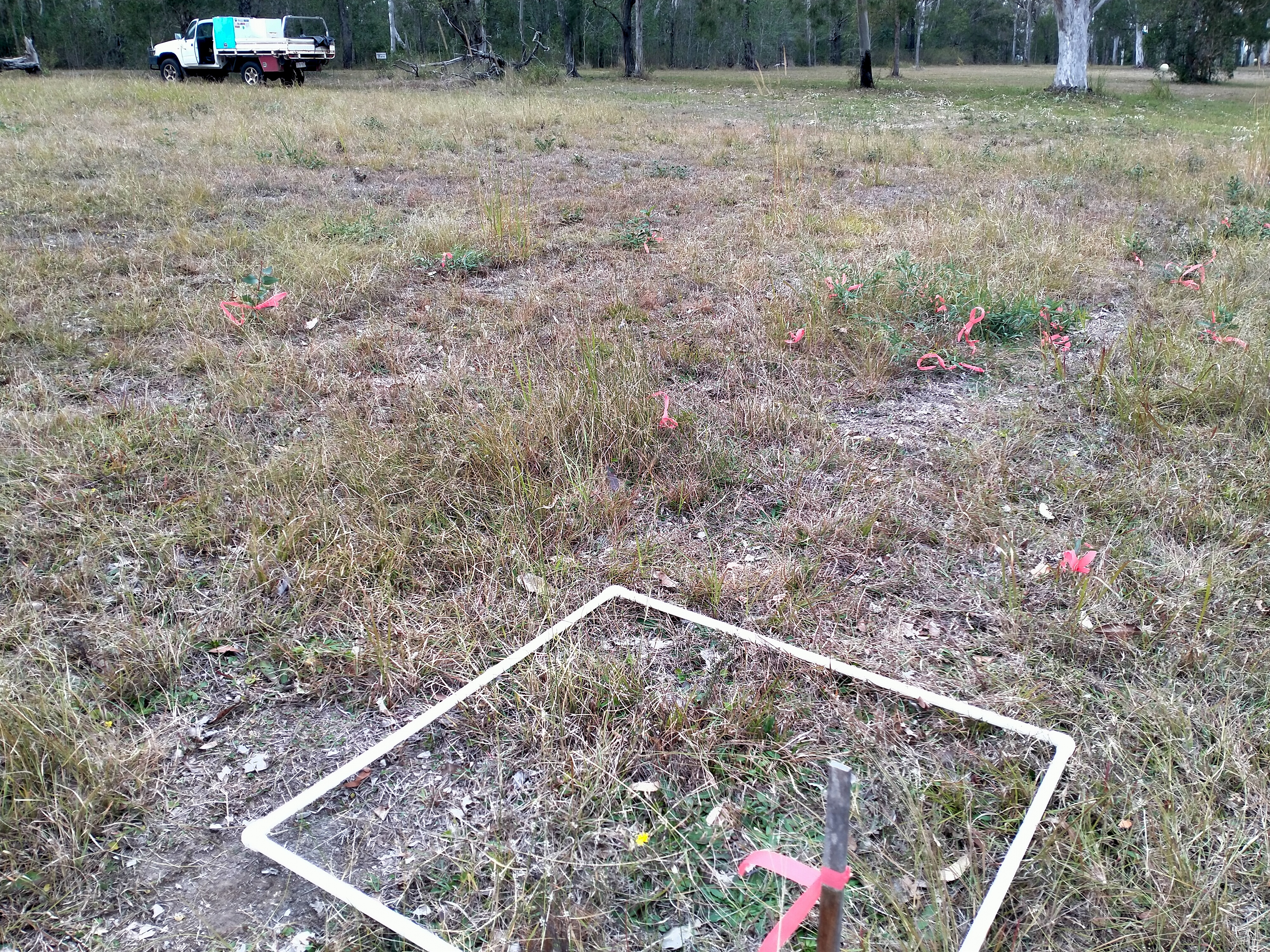
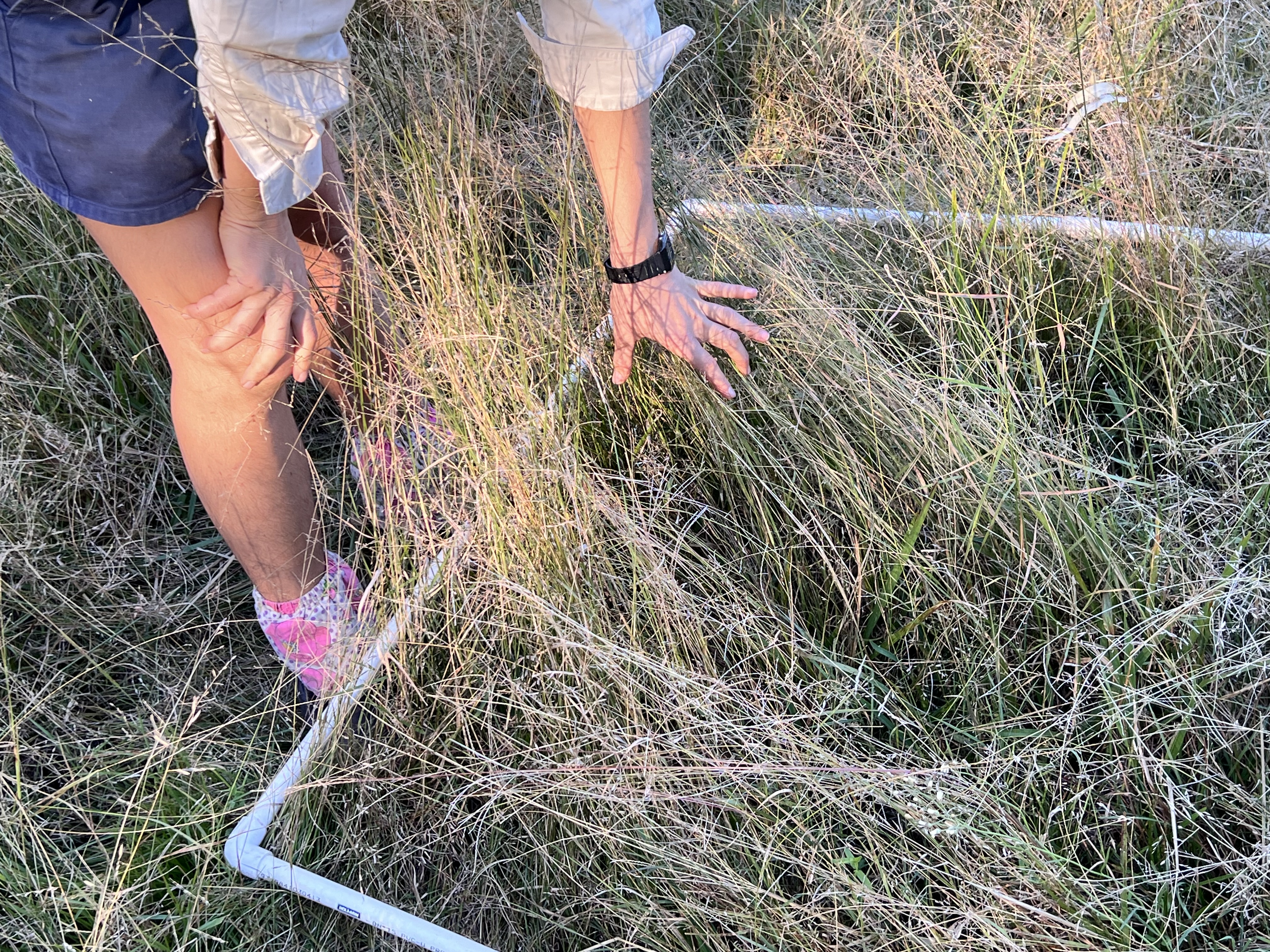
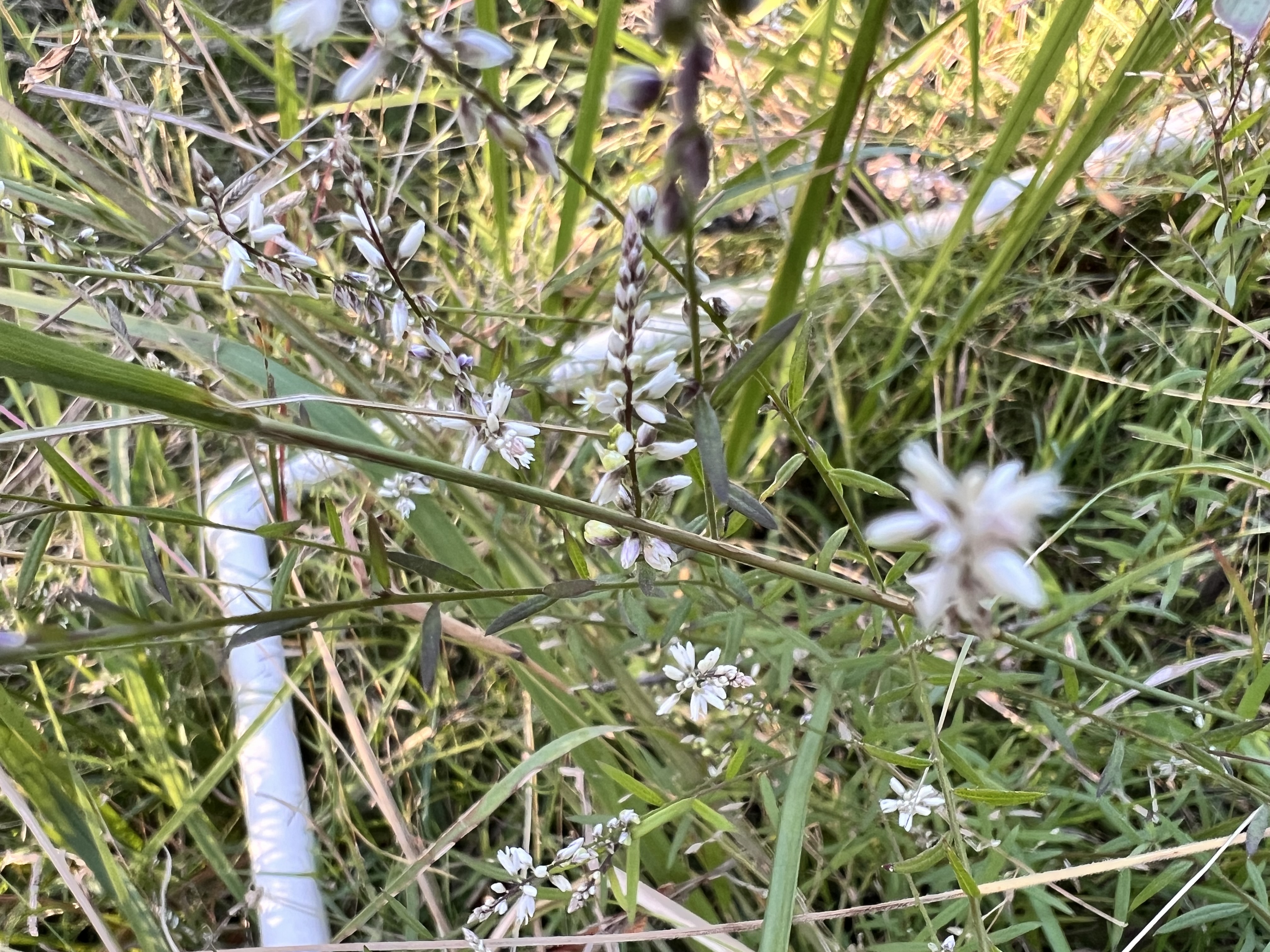
As a result, the plots were each quite dense and broadly speaking the number of trees had generally grown well (although some had been lost in the 2023 burn, the very wet summer – or possibly were also hidden in the long grasses and forbs).

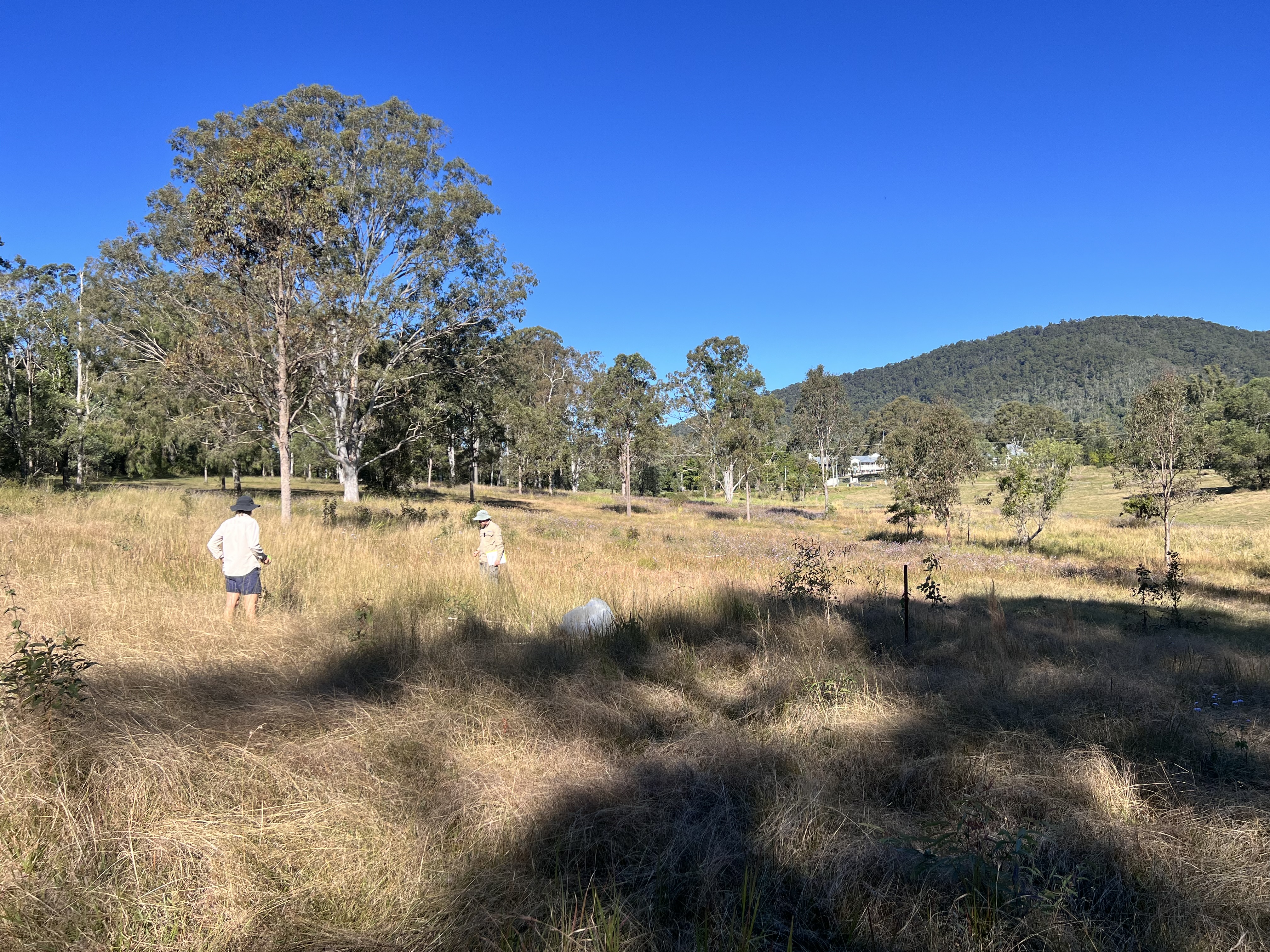


In due course, the results of the survey will be collated and compared – which will tell us about the practical progression of the project’s science/ecological meta-aims – i.e. to regrow a native forest from a cleared block – whilst allowing the natural intelligence of the forest and all its constituent species to direct that progress, and with minimal intervention.
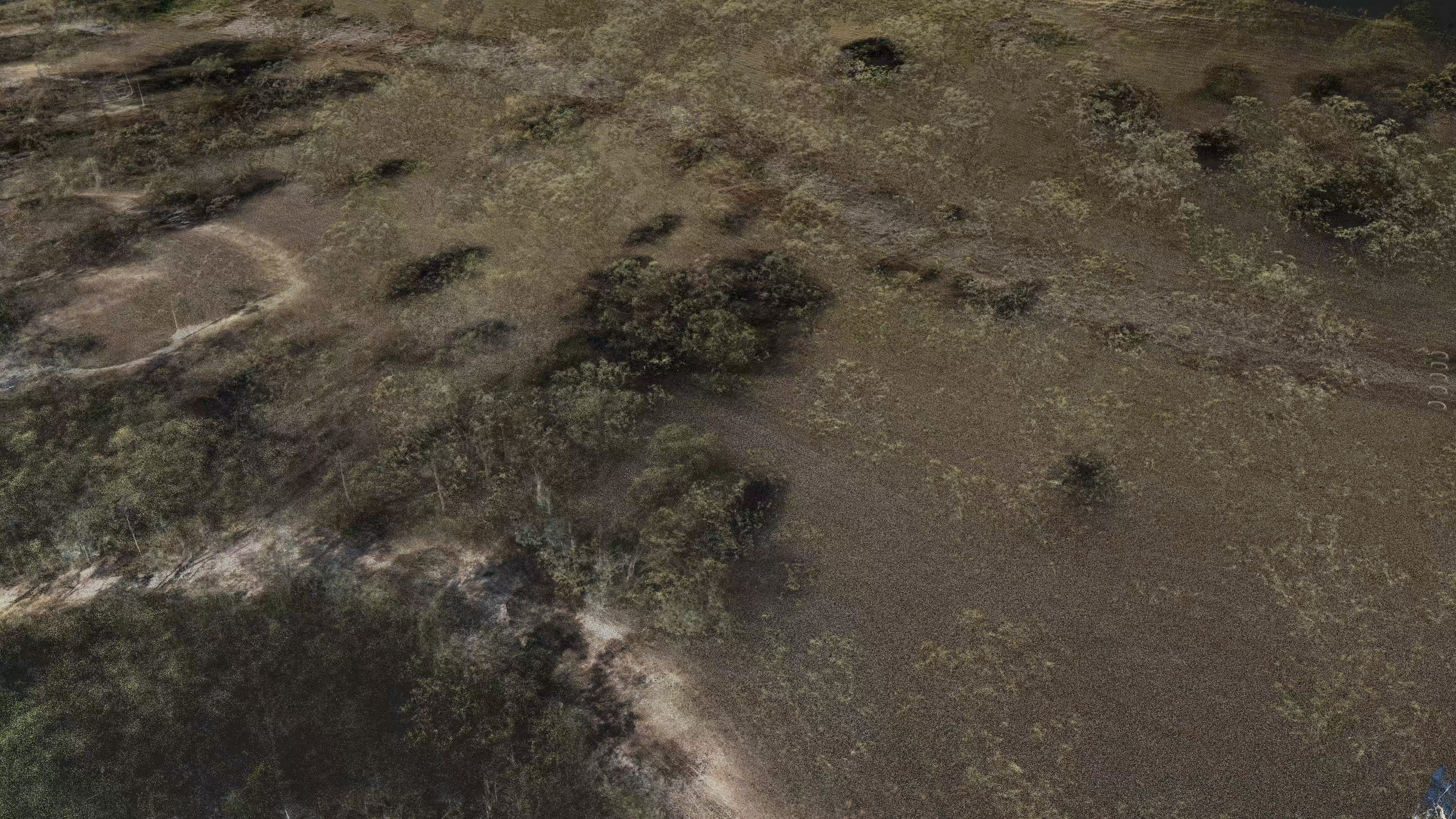
Comparative Surveys
Here is how the site had progressed ny 11/6/24 (or regressed in some cases since the initial survey – which was followed by a burn). There had certainly been some significant changes with some problematic weeds decreased ) e.g. Paspalum urvillei – and at that stage the field still had end of the epic native Fimbristylis spp. crop!
| Life Form Key (Perrenial/Annual P/A Graminoid/Forb G/F. Shrub/Climber S/C) | ||||||
| # | Species | Provenance | Life Form |
1707 23 |
1106 24 |
|
| 1 | Cynodon dactylon | Exotic | PG | Y | Y | |
| 2 | Digitaria spp. | Exotic | PG | Y (*1) | Y | |
| 3 | Centella asiatica | Native | PF | Y | Y | |
| 4 | Hypochaeris radiata | Exotic | PF | Y | Y | |
| 5 | Imperata cylindrica | Native | PG | Y | Y | |
| 6 | Fimbristylis spp. | PG | Y | N | ||
| 7 | Ageratum houstonianum | Exotic | PF | Y | Y | |
| 8 | Sporobolus spp creber | Native | PG | Y | Y | |
| 9 | Bidens pilosa | Exotic | AF | Y | Y | |
| 10 | Polygala paniculata | Exotic | AF | Y | Y | |
| 11 | Eragrostis brownii | Native | PG | Y | Y | |
| 12 | Arundinella nepalensis | Native | PG | Y | Y | |
| 13 | Alloteropsis semialata | Native | PG | Y | N | |
| 14 | Lobelia purpurascens | Native | PF | Y | Y | |
| 15 | Sonchus oleraceus | Exotic | AF | Y | Y | |
| 16 | Paspalum notatum | Exotic | PG | Y | Y | |
| 17 | Eremochloa bimaculata | Native | PG | Y | Y | |
| 18 | Wahlenbergia gracilis | Native | AF | Y | N | |
| 19 | Epaltes australis | Native | PF | Y | N | |
| 20 | Schenkia australis | Native | AF | Y | N | |
| 21 | Melinis repens | Exotic | PG | Y | Y | |
| 22 | Velleia spathulata | Native | PF | Y | Y | |
| 23 | Polygala spp | Native | Y | N | ||
| 24 | Phyllanthus virgatus | Native | AF | Y | Y | |
| 25 | Cheilanthes sieberi | Native | PF | Y | Y | |
| 26 | Paspalum urvillei | Exotic | PG | Y | N *2 | |
| 27 | Apiaceae spp | Exotic | PF | Y*3 | Y | |
| 28 | Cymbopogon refractus | Native | PG | Y | Y | |
| 29 | Phyllanthus spp big | Y | N | |||
| 30 | Lantana camara | Exotic | S | Y | Y | |
| 31 | Dianella caerulea | Native | PG | Y | Y | |
| 32 | Parsonsia straminea | Native | C | Y | Y | |
| 33 | Passiflora suberosa | Exotic | C | Y | N | |
| 34 | Senna pendula | Exotic | S | Y | Y | |
| 35 | Lomandra multiflora | Native | PG | Y | N | |
| 36 | Drosera spathulata | Native | AF | Y | Y | |
| 37 | Aristida queenslandicum | Native | PG | Y | N | |
| 38 | Leucopogon juniperinus | Native | S | Y | N | |
| 39 | Gomphrena celesoides | Exotic | PF | Y | N | |
| 40 | Setaria sphacelata | Exotic | PG | N | Y | |
| 41 | Sauropus hirtellus | Native | PF | N | Y | |
| 42 | Scleria sp. | Native | PG | N | Y | |
| 43 | Schoenus sp. | Native | PG | N | Y | |
| 44 | Cyanthillium cinereum | Native | PF | N | Y | |
| 45 | Cyperus sp. | PG | N | Y | ||
| 46 | Desmodium sp. | Native | PF | N | Y | |
| 47 | Hypericum gramineum | N | Y*4 | |||
| 48 | Panicum repens | Exotic | PG | N/Y | Y*5 | |
Notes
*1 Awaiting seed head to confirm and id to species. Maybe D. violascens
*2 Was originally Big weed paspalum (2023)
*3 Maybe Ranunculus inundates
*4 Needs further identification
*5 Needs further identification; identified in 2023 as Cynodon dactylon in wetland area


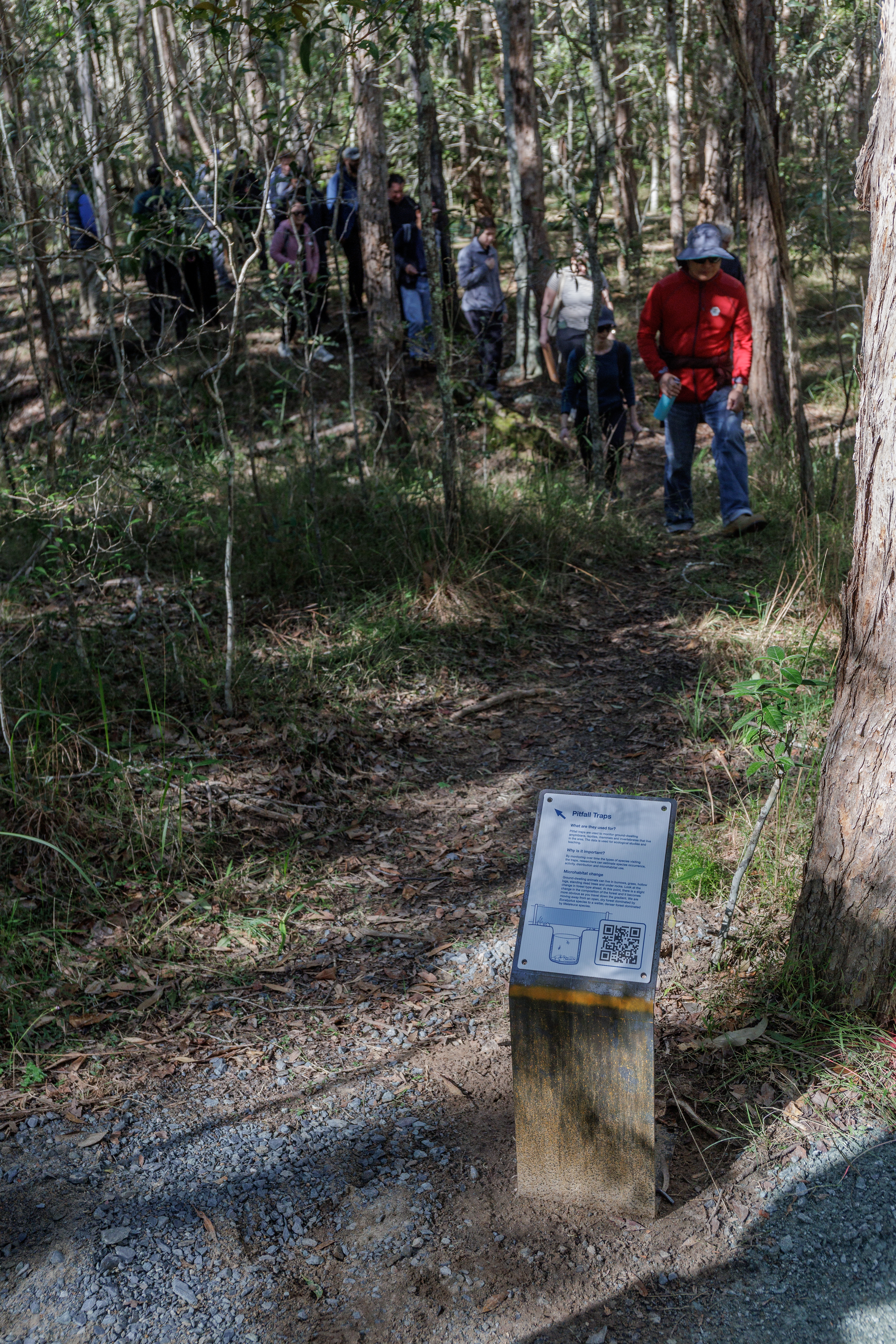
 The Engaging. Science Trail signboard at the artwork site (Image Keith Armstrong)
The Engaging. Science Trail signboard at the artwork site (Image Keith Armstrong)
